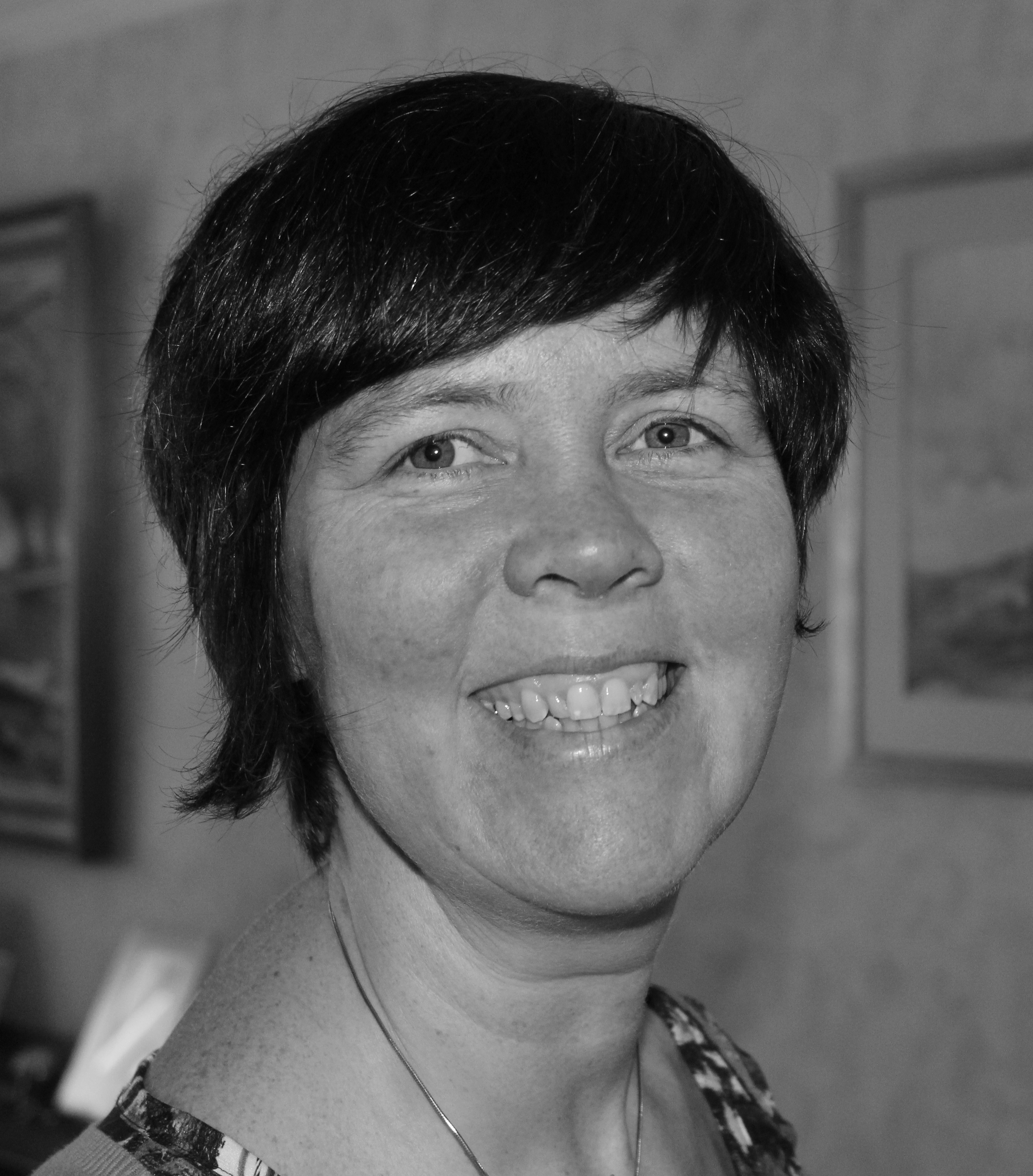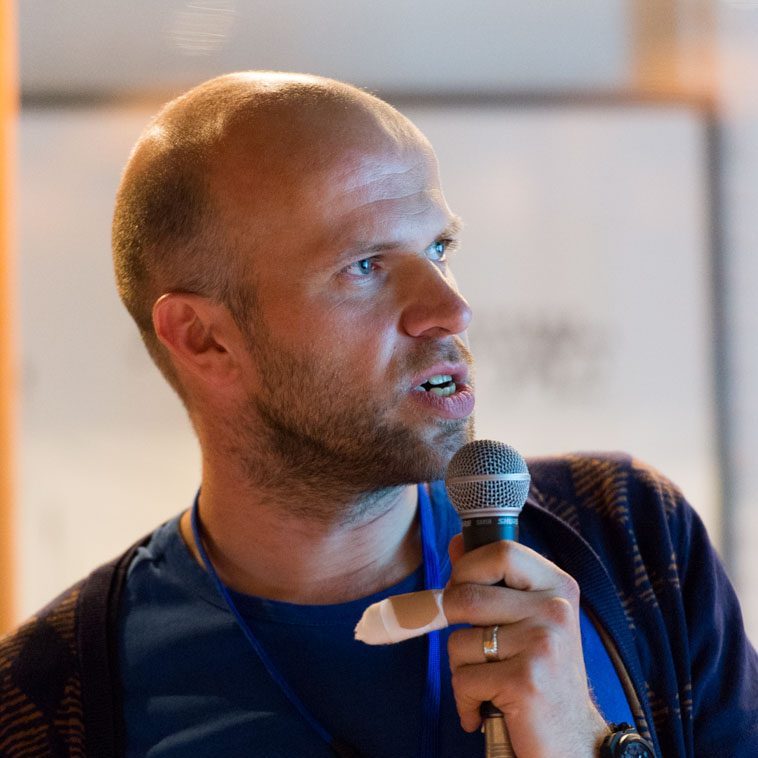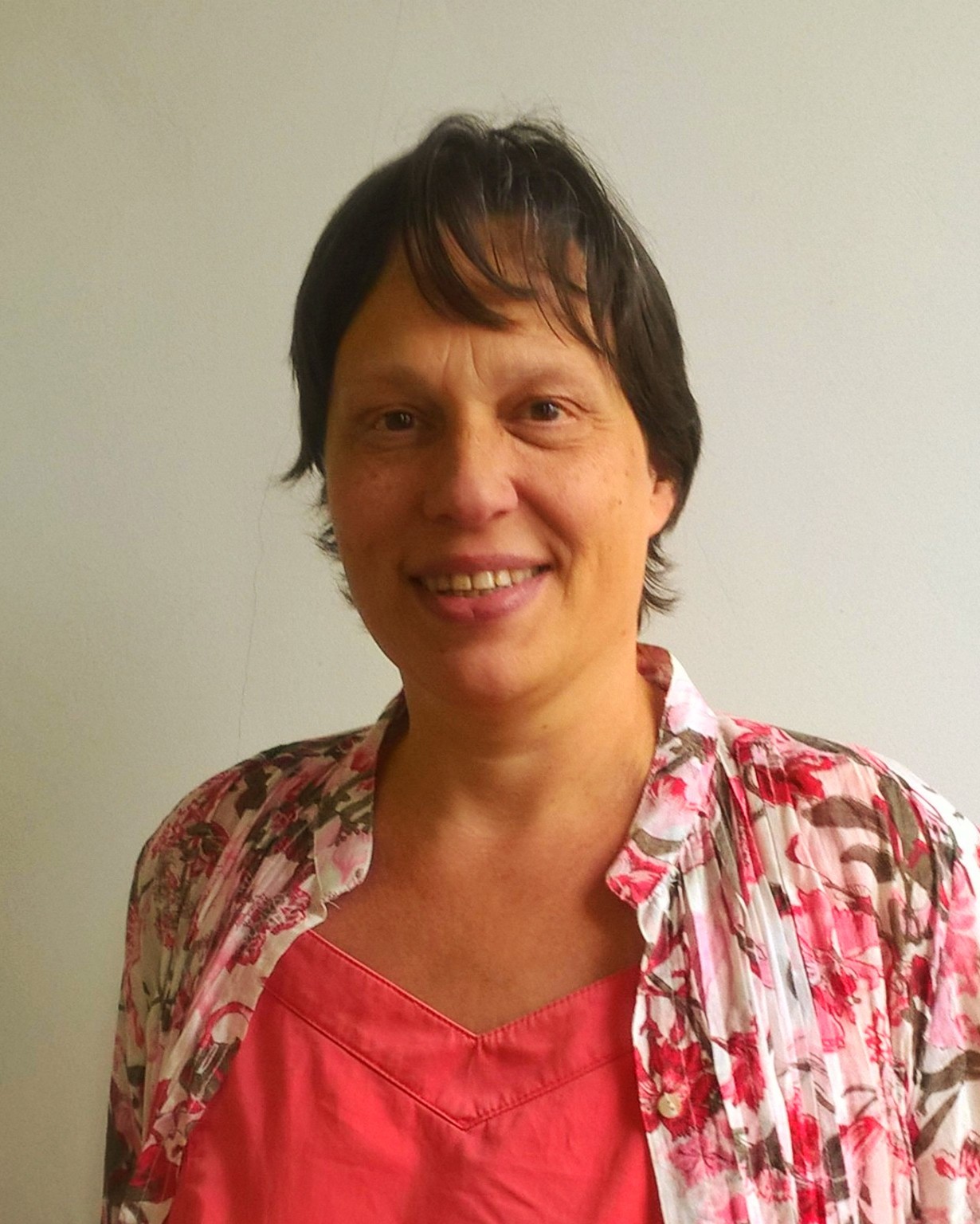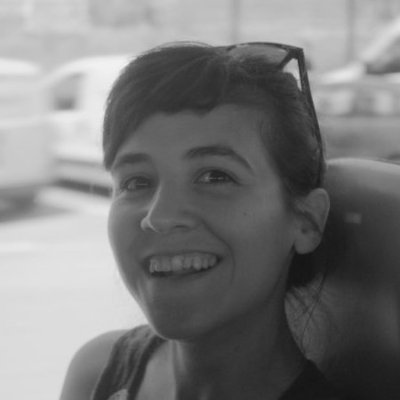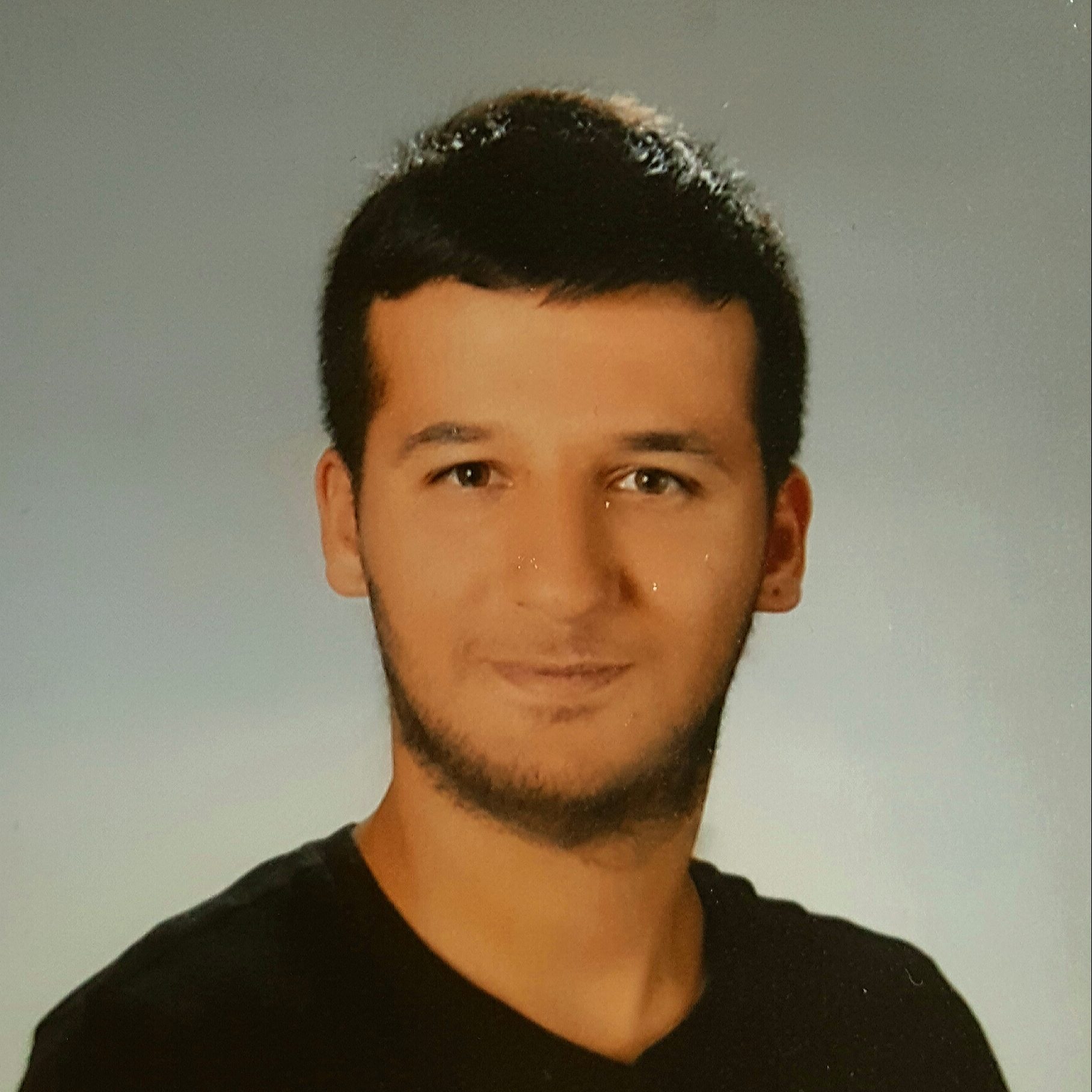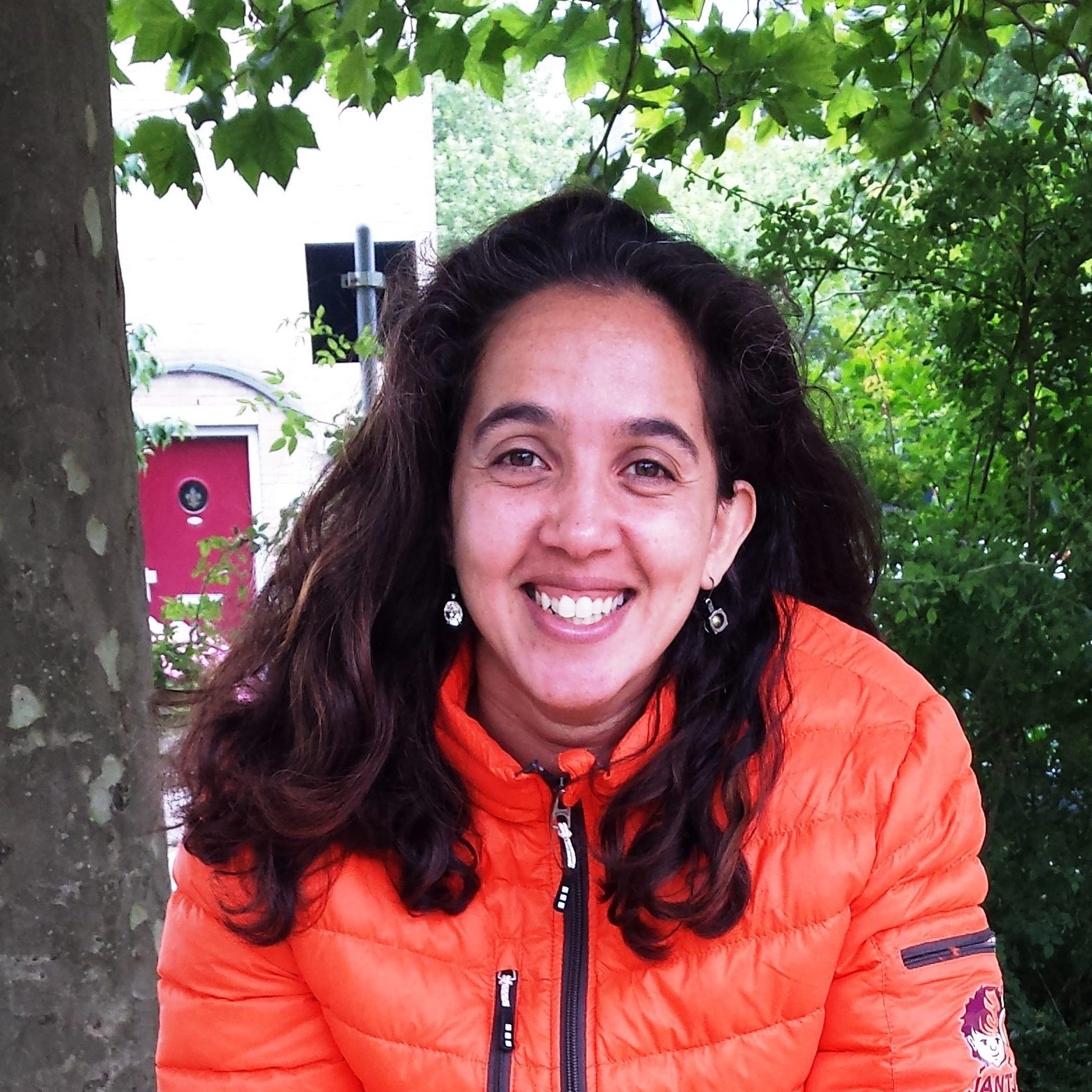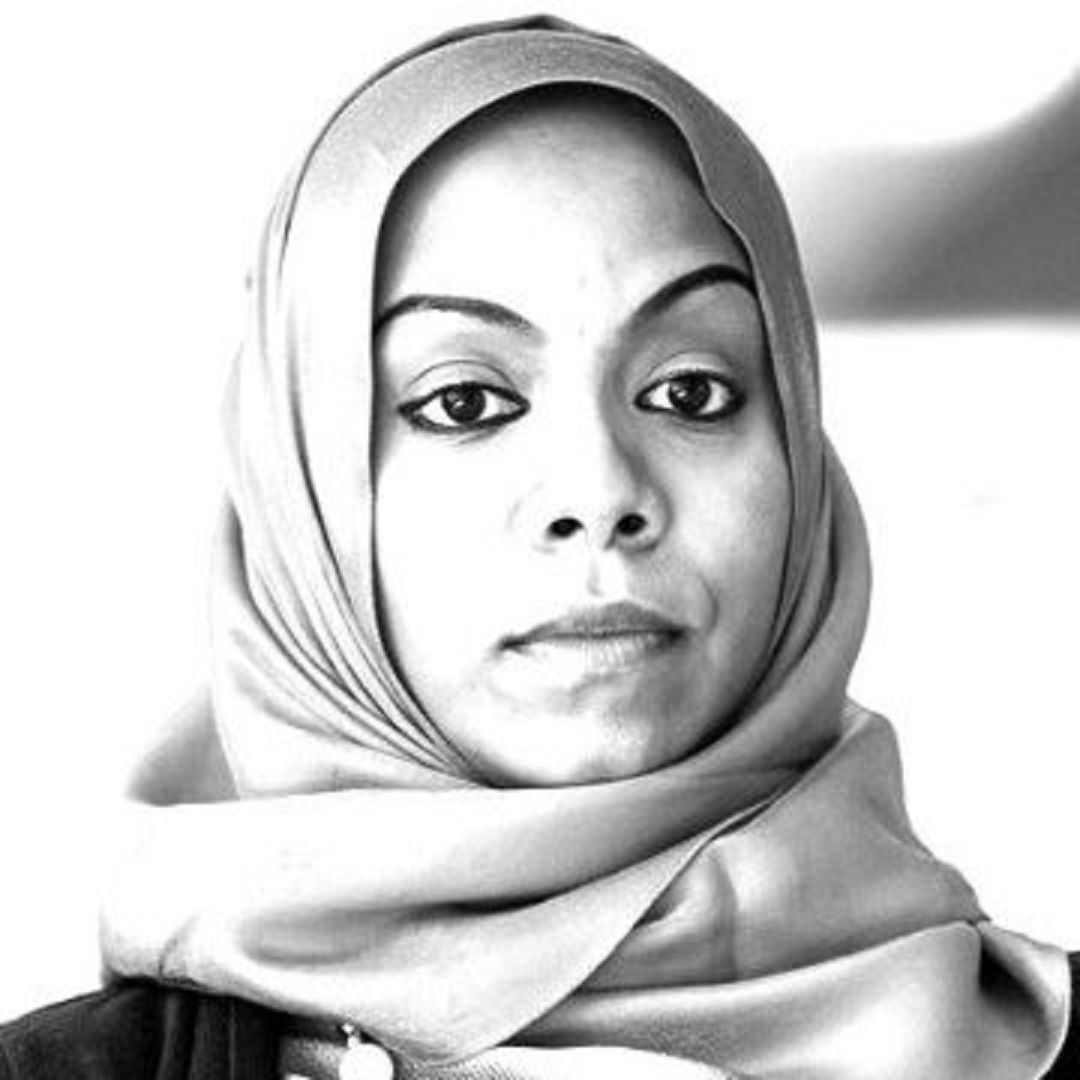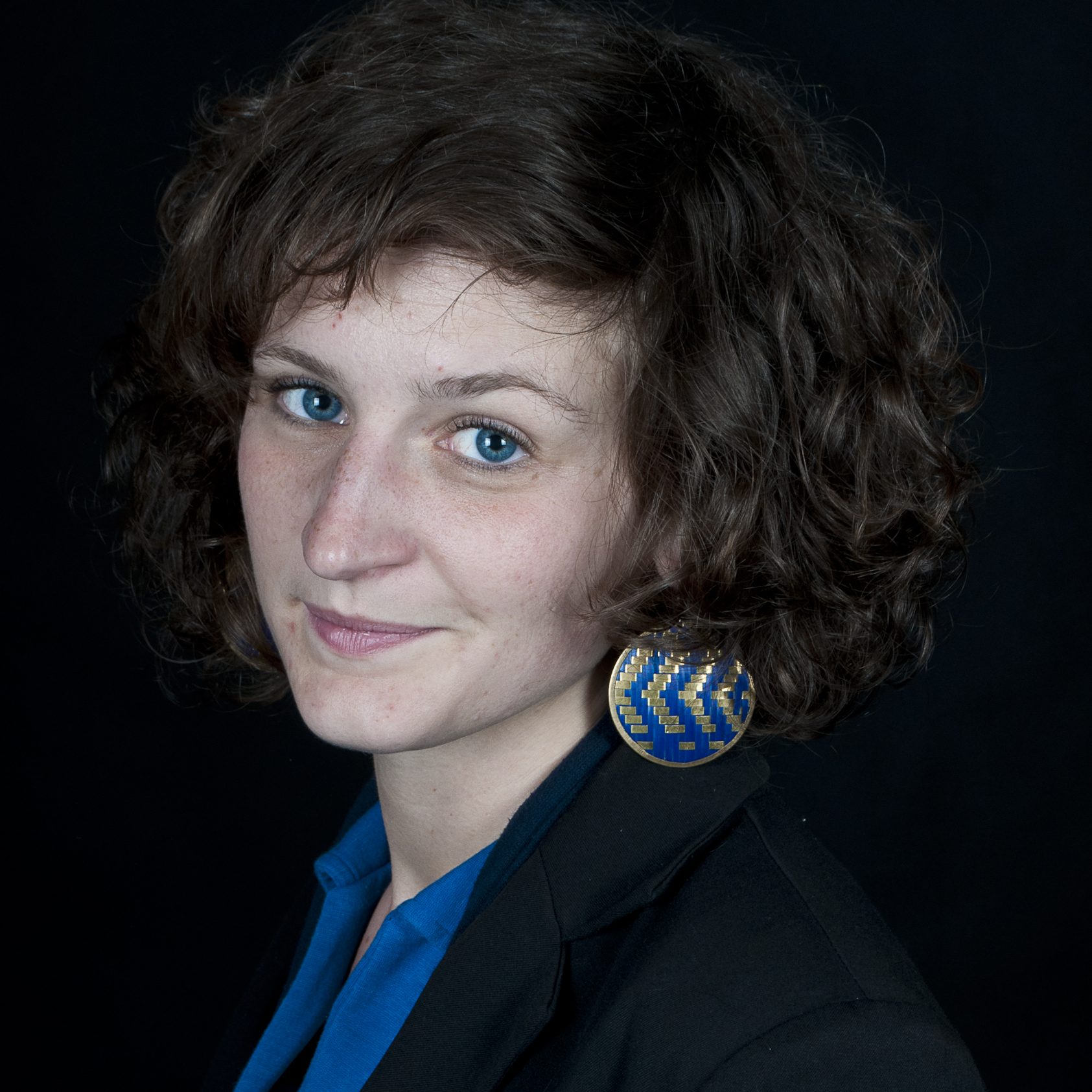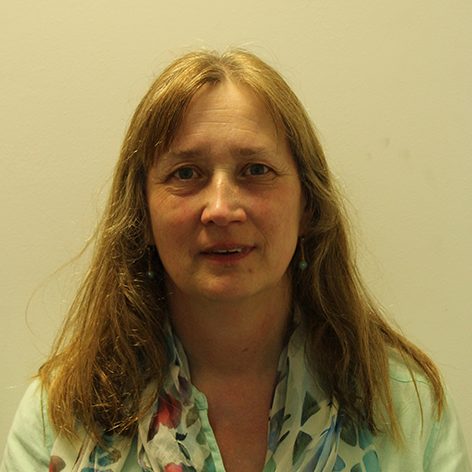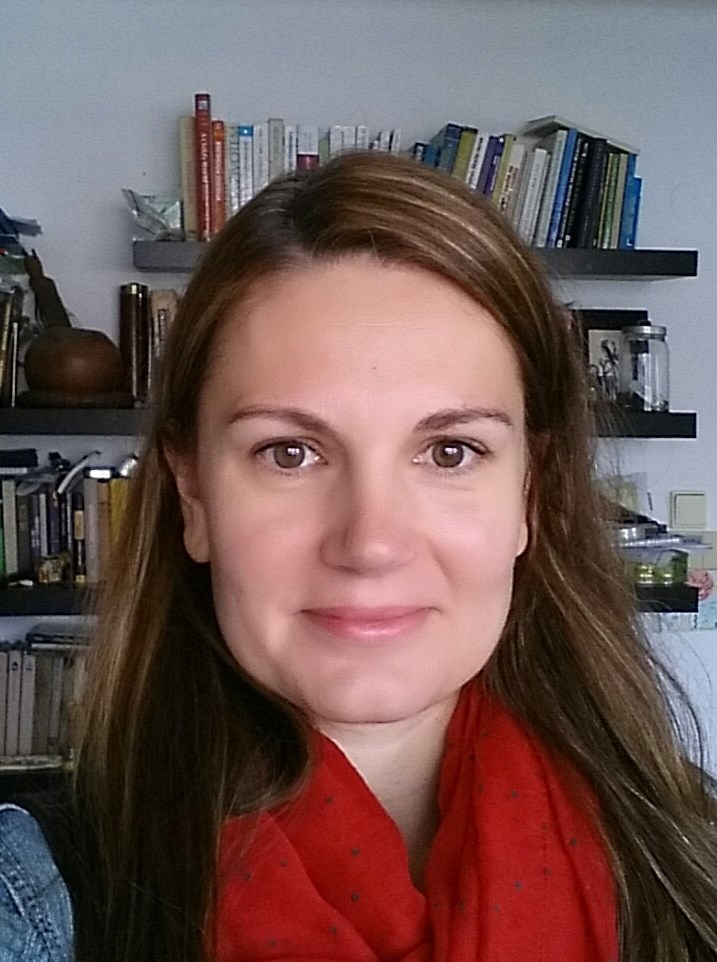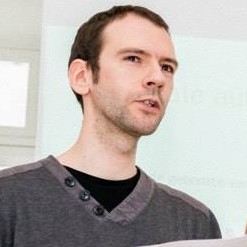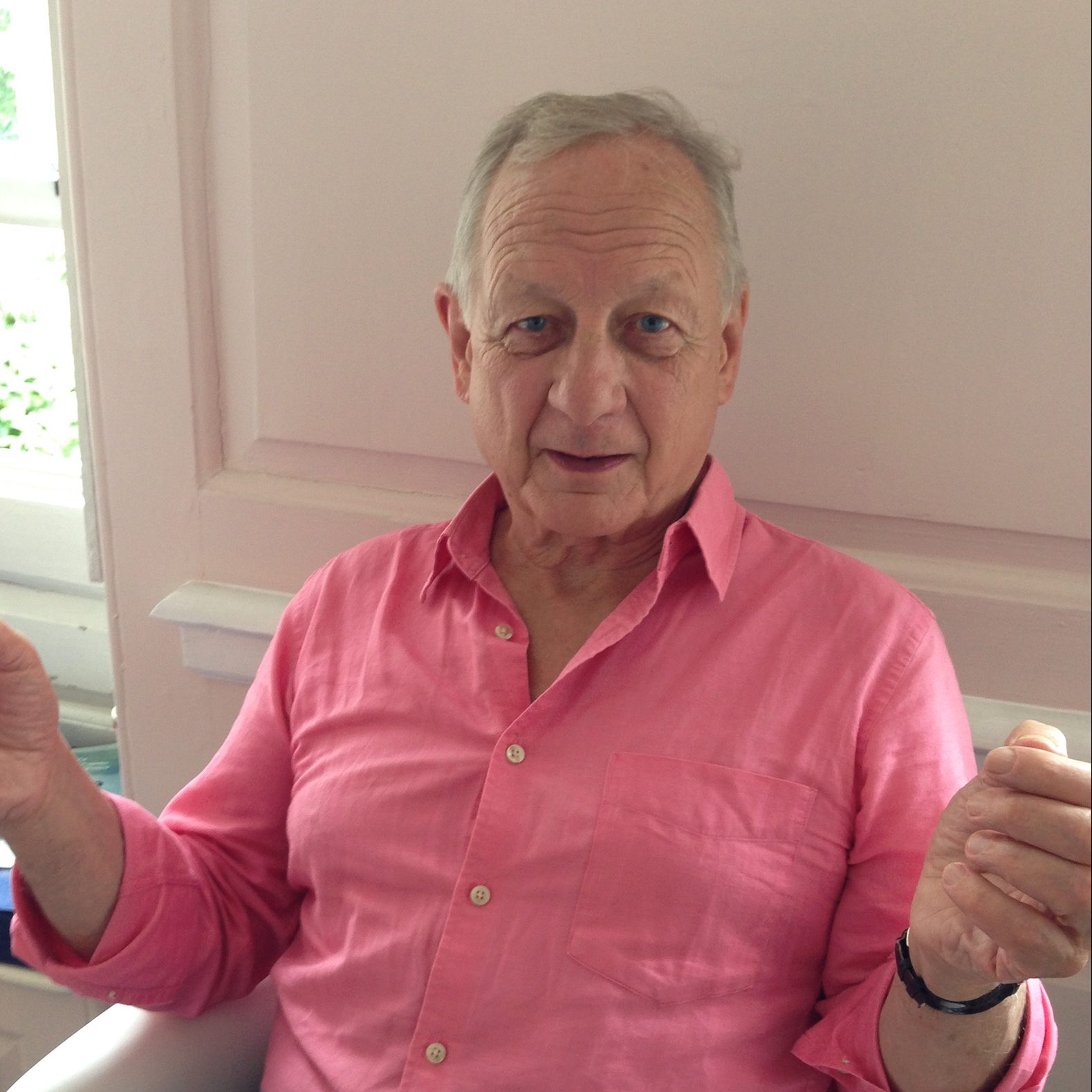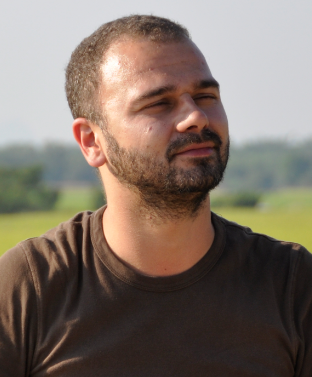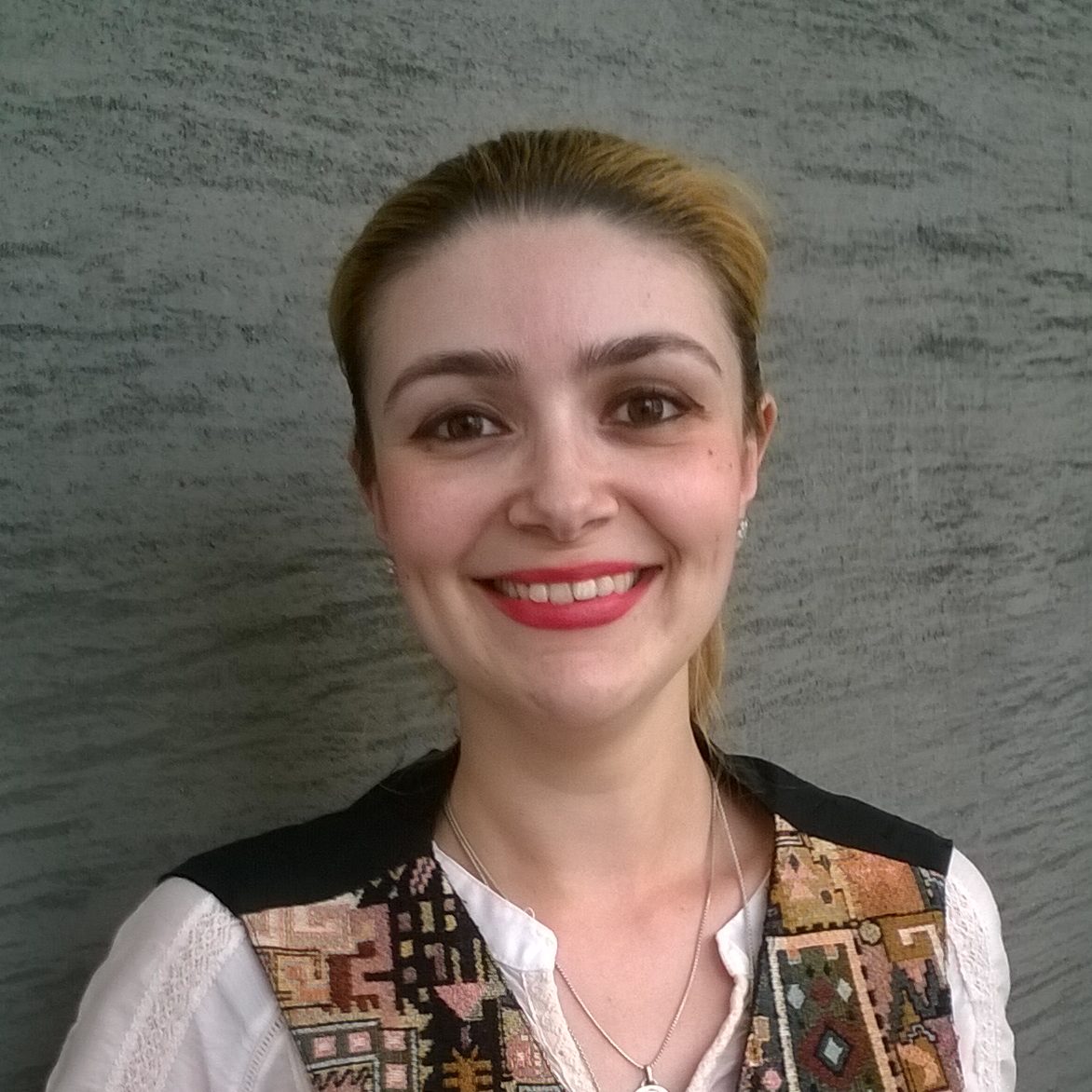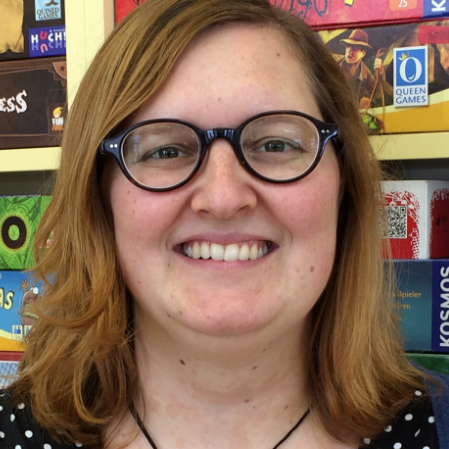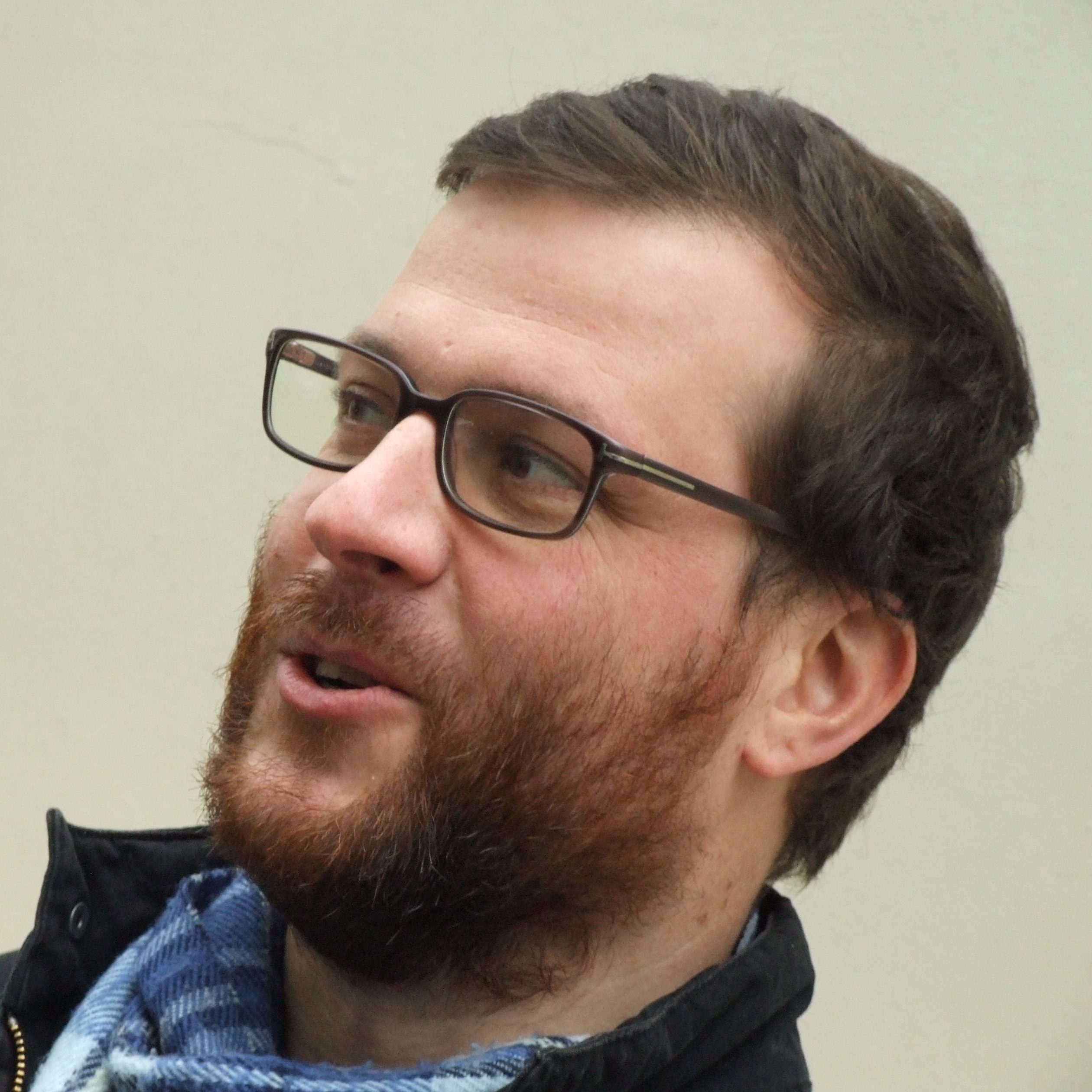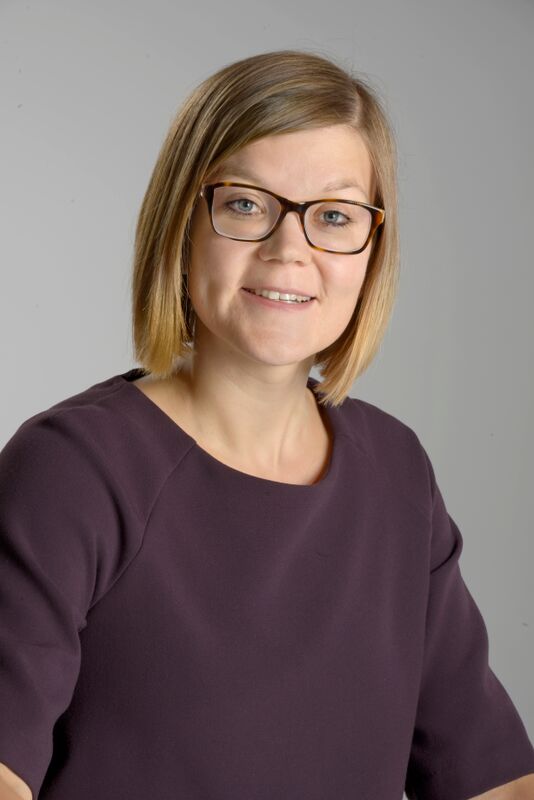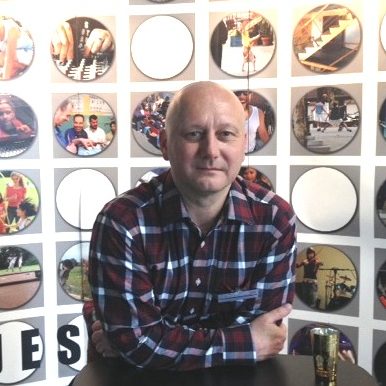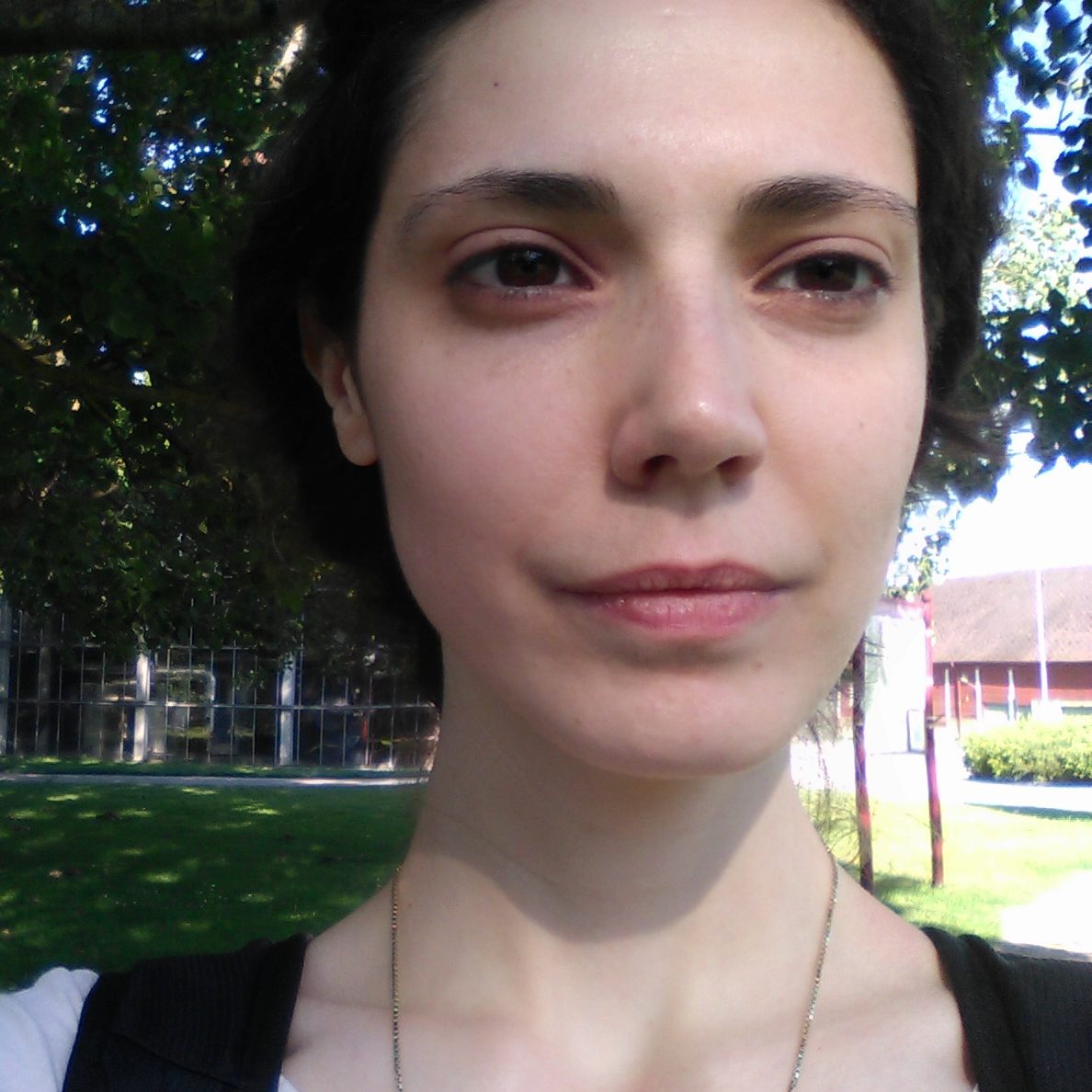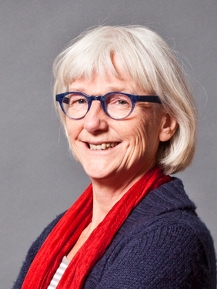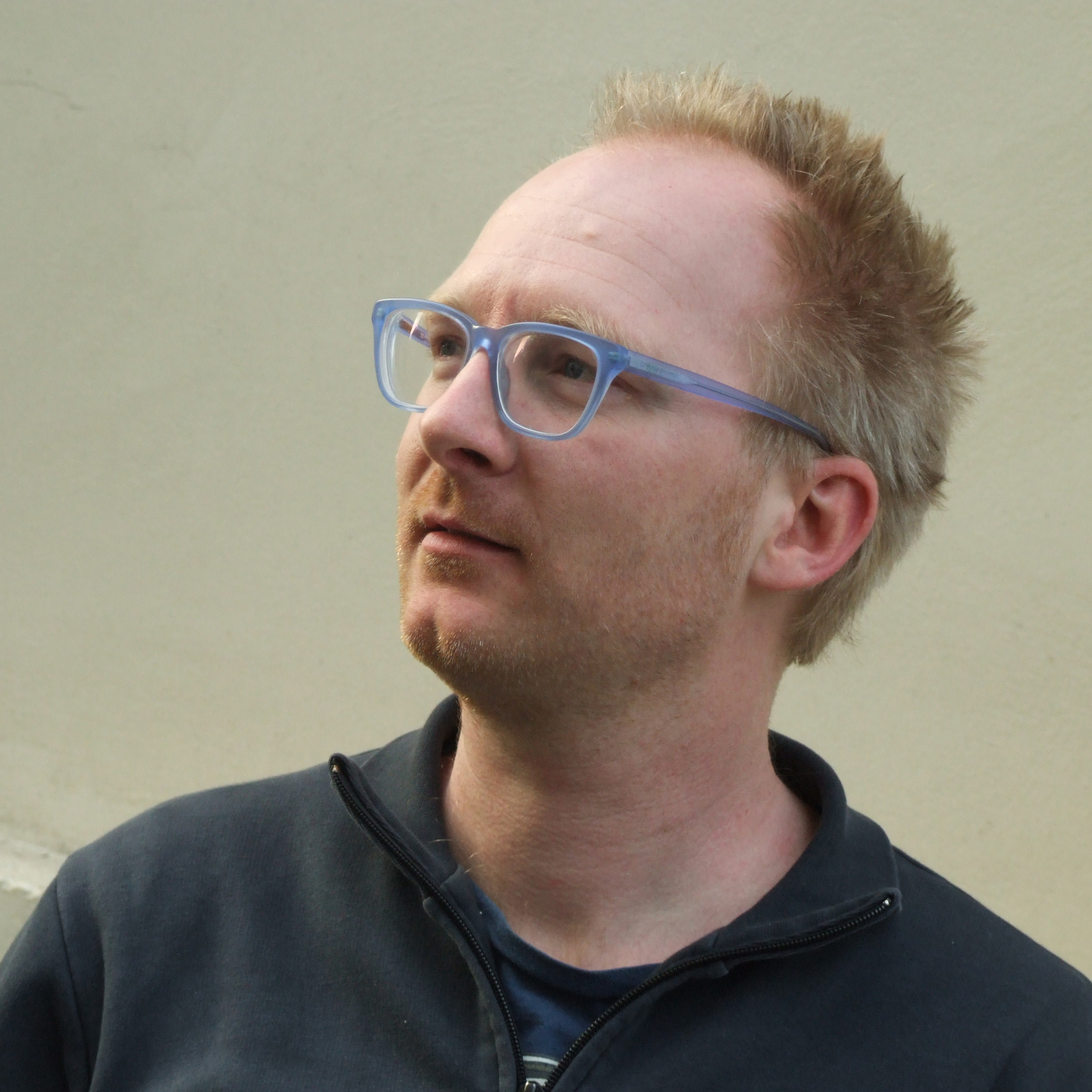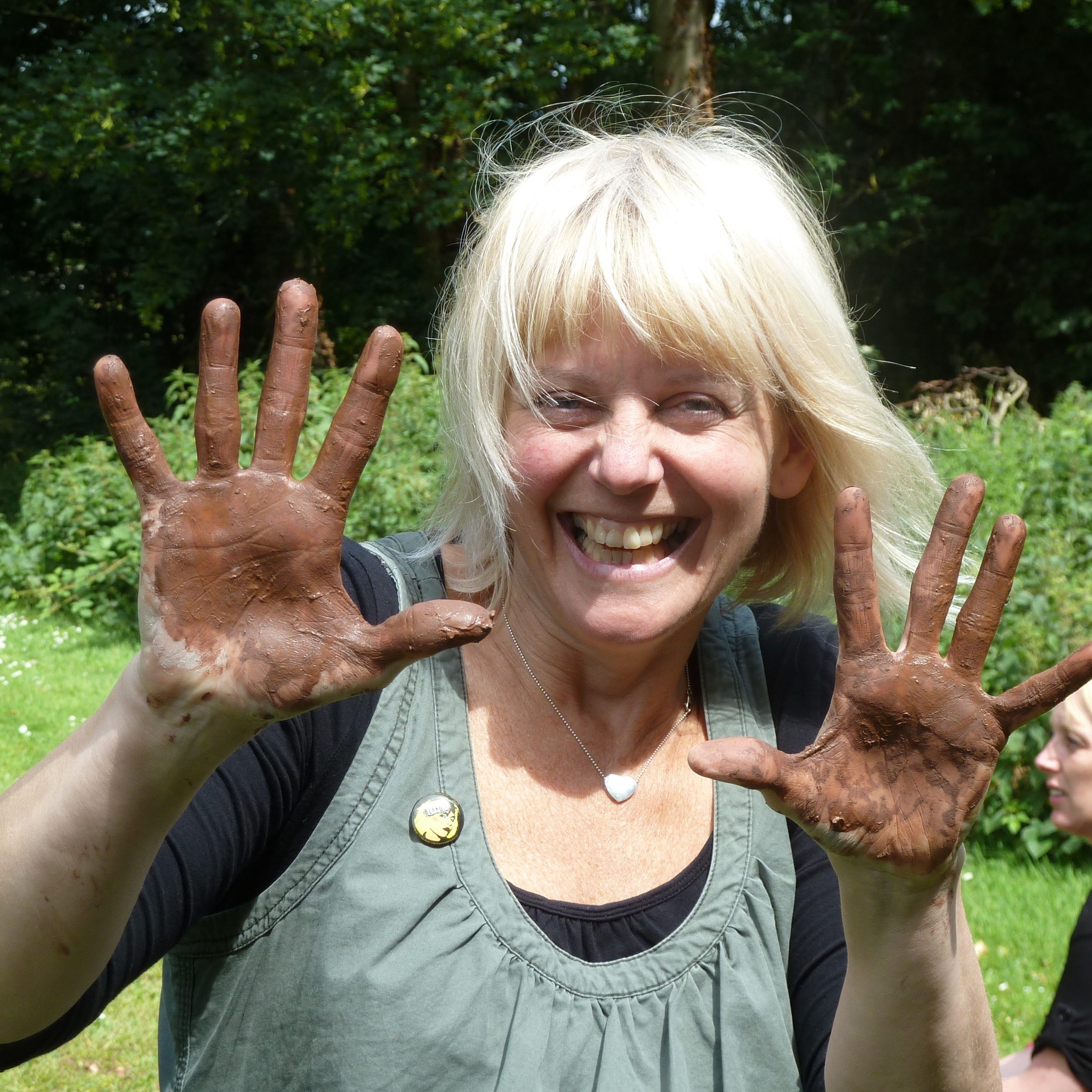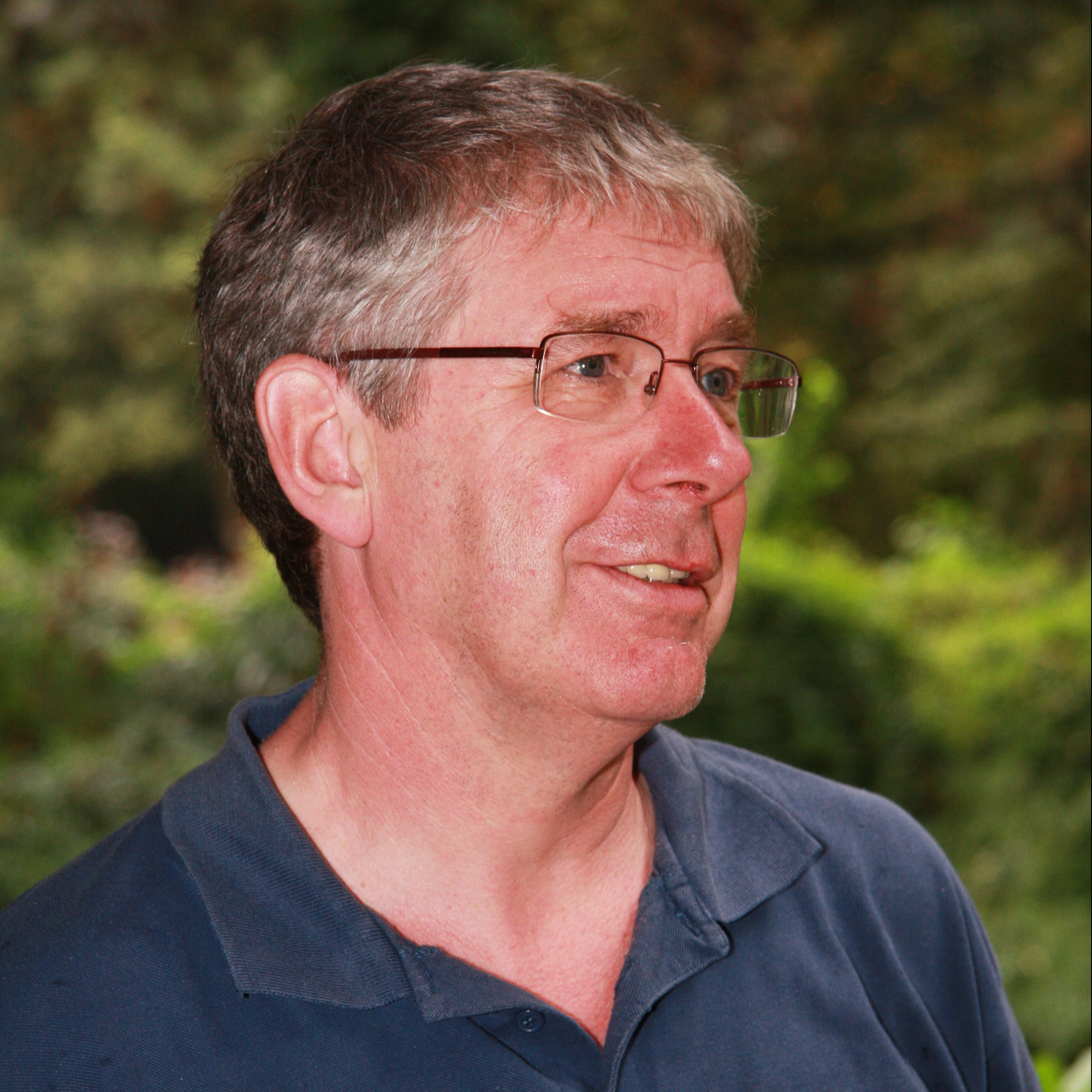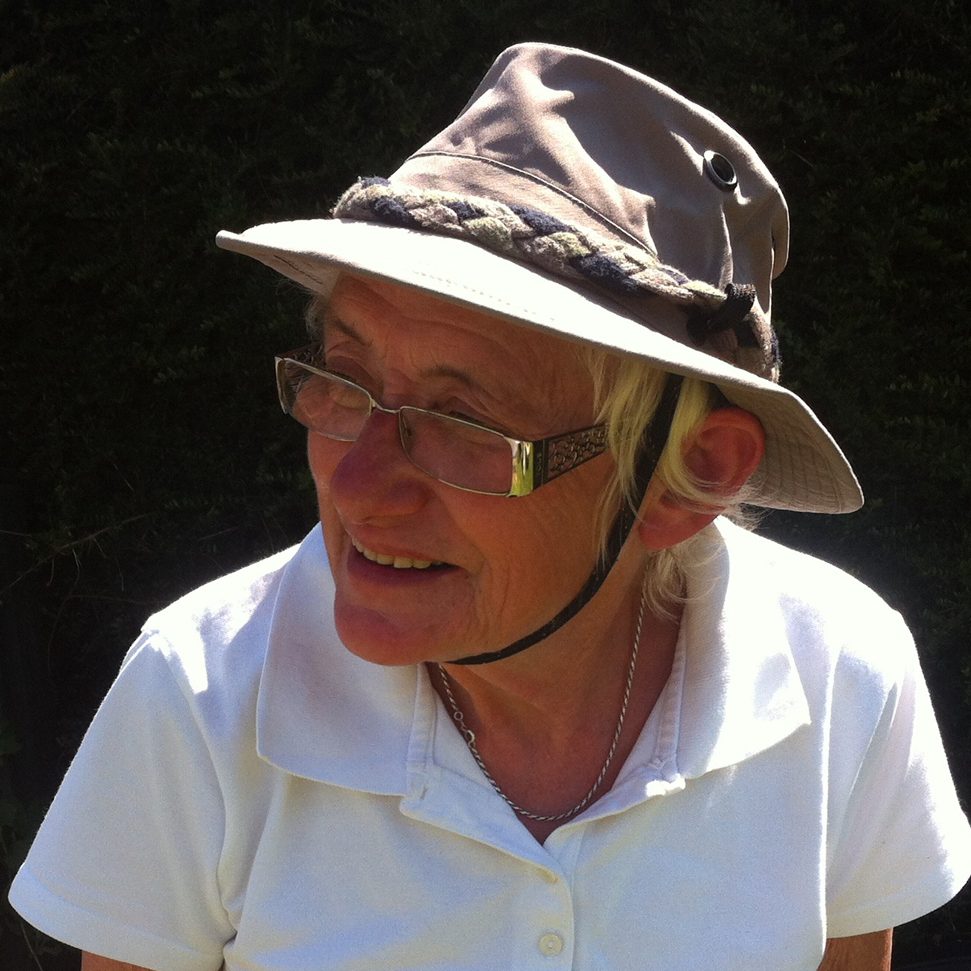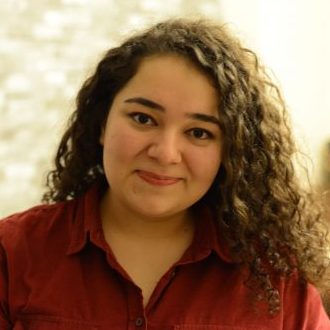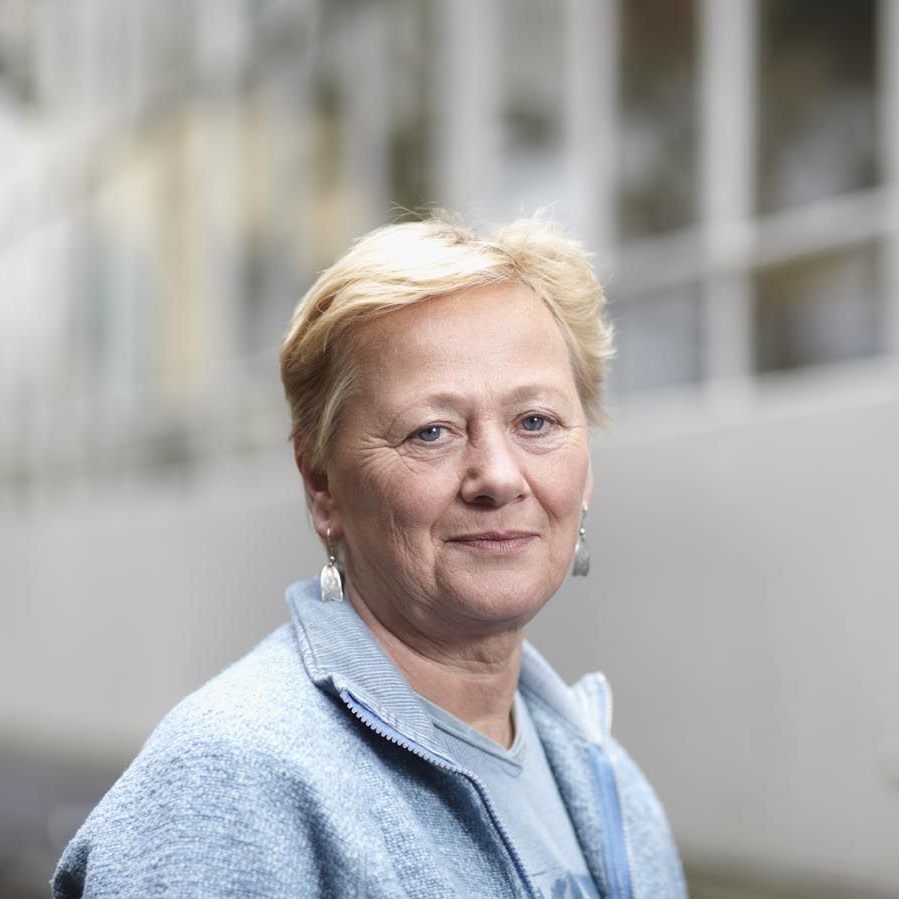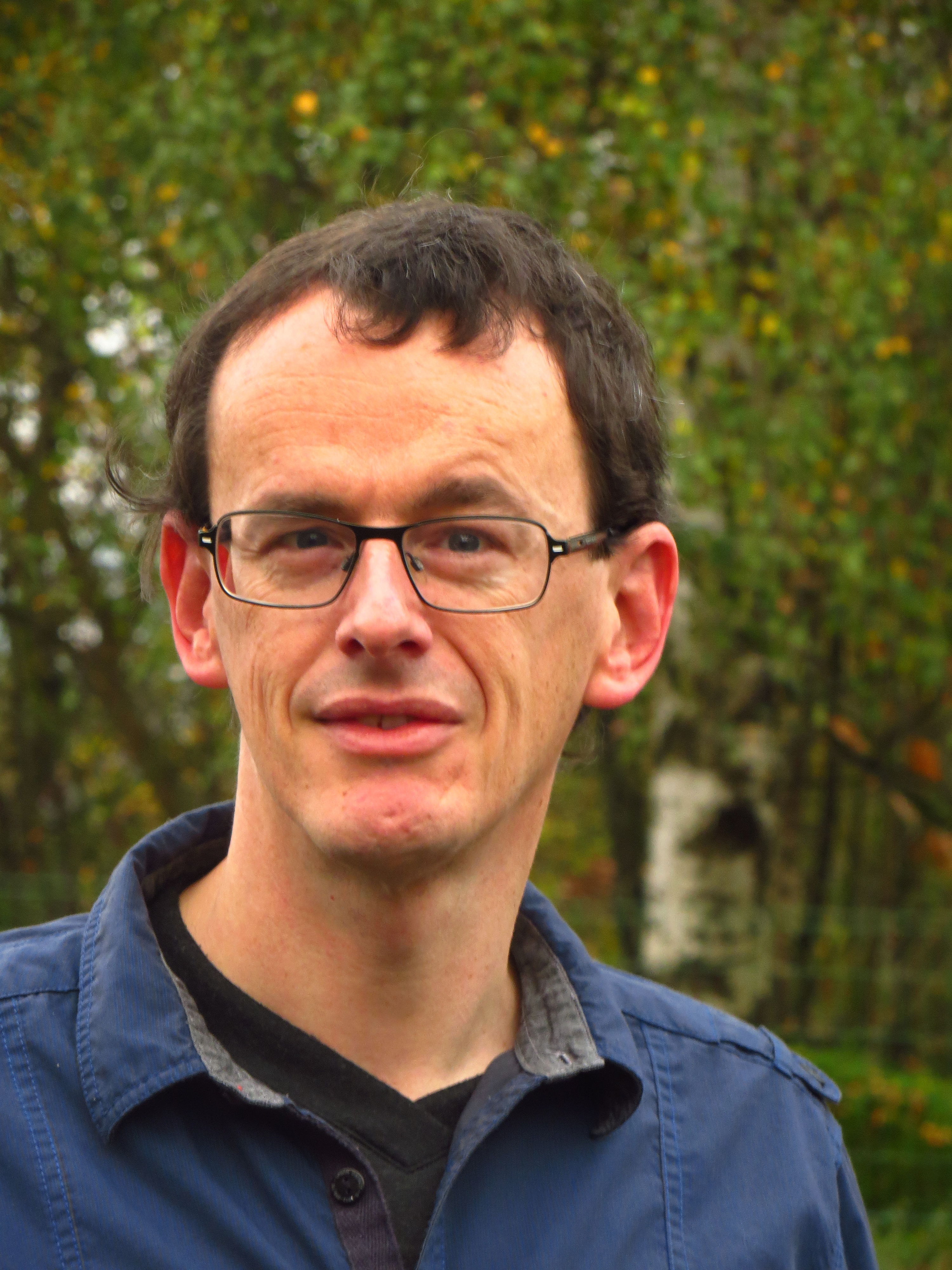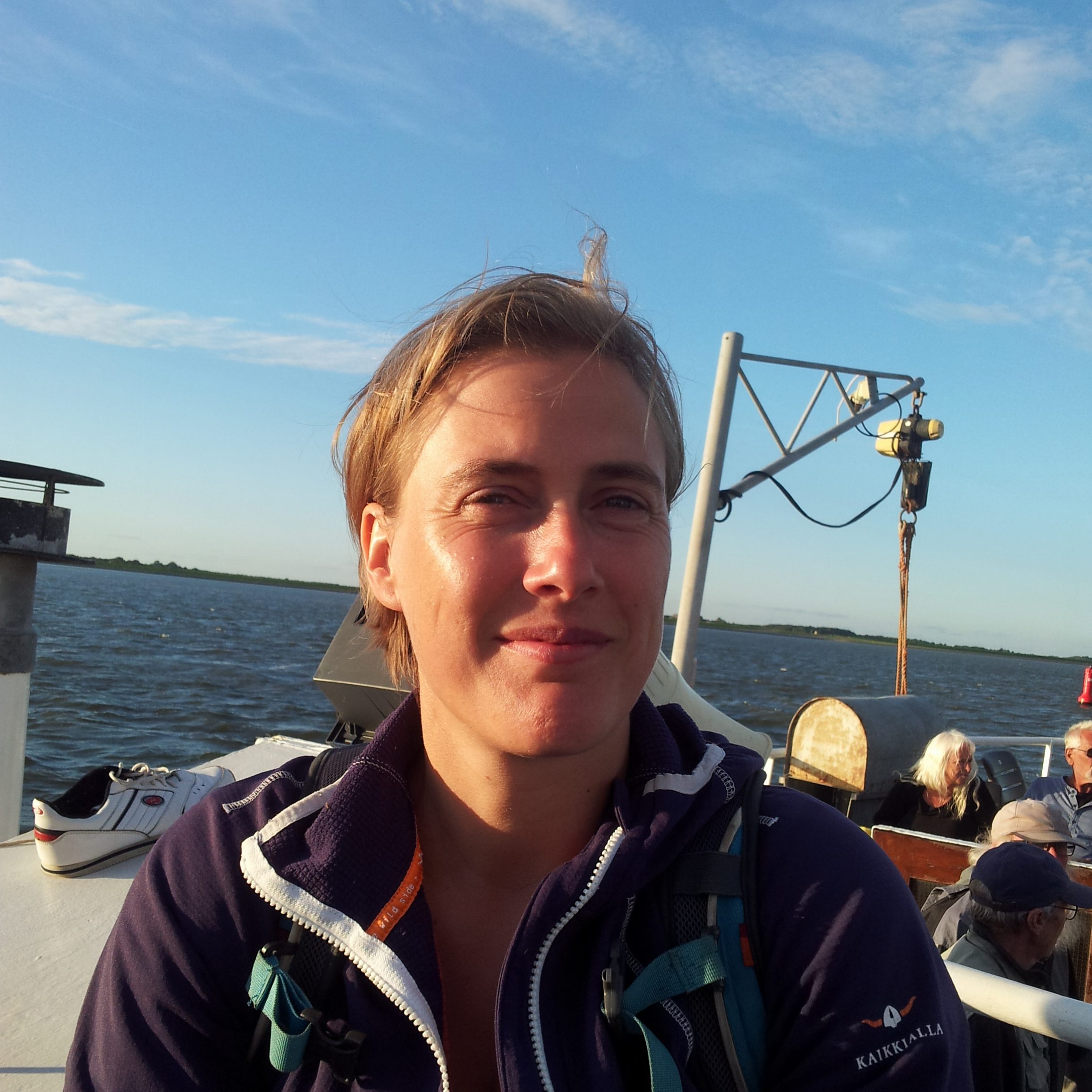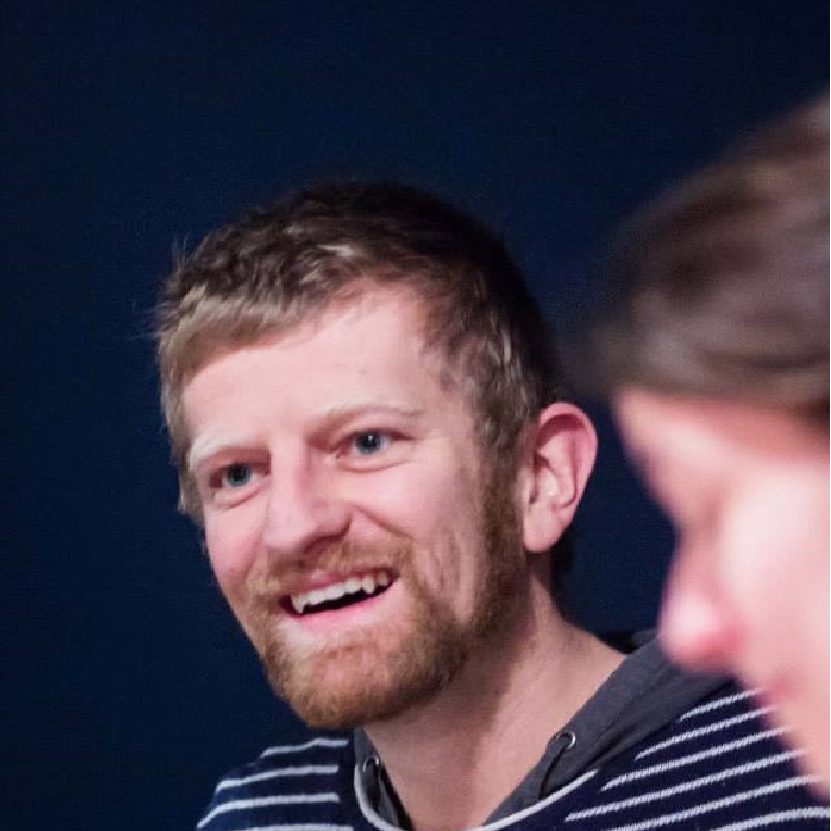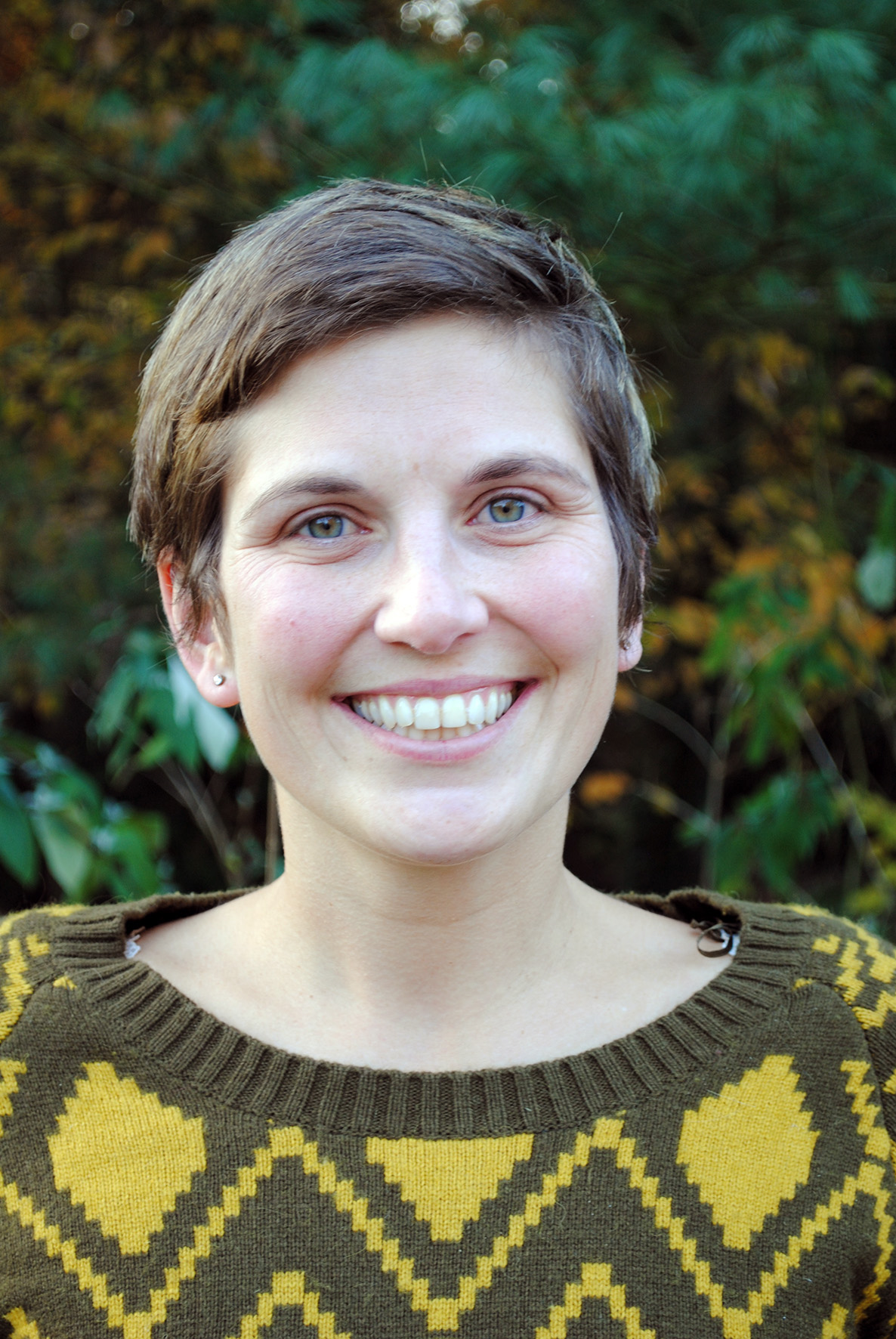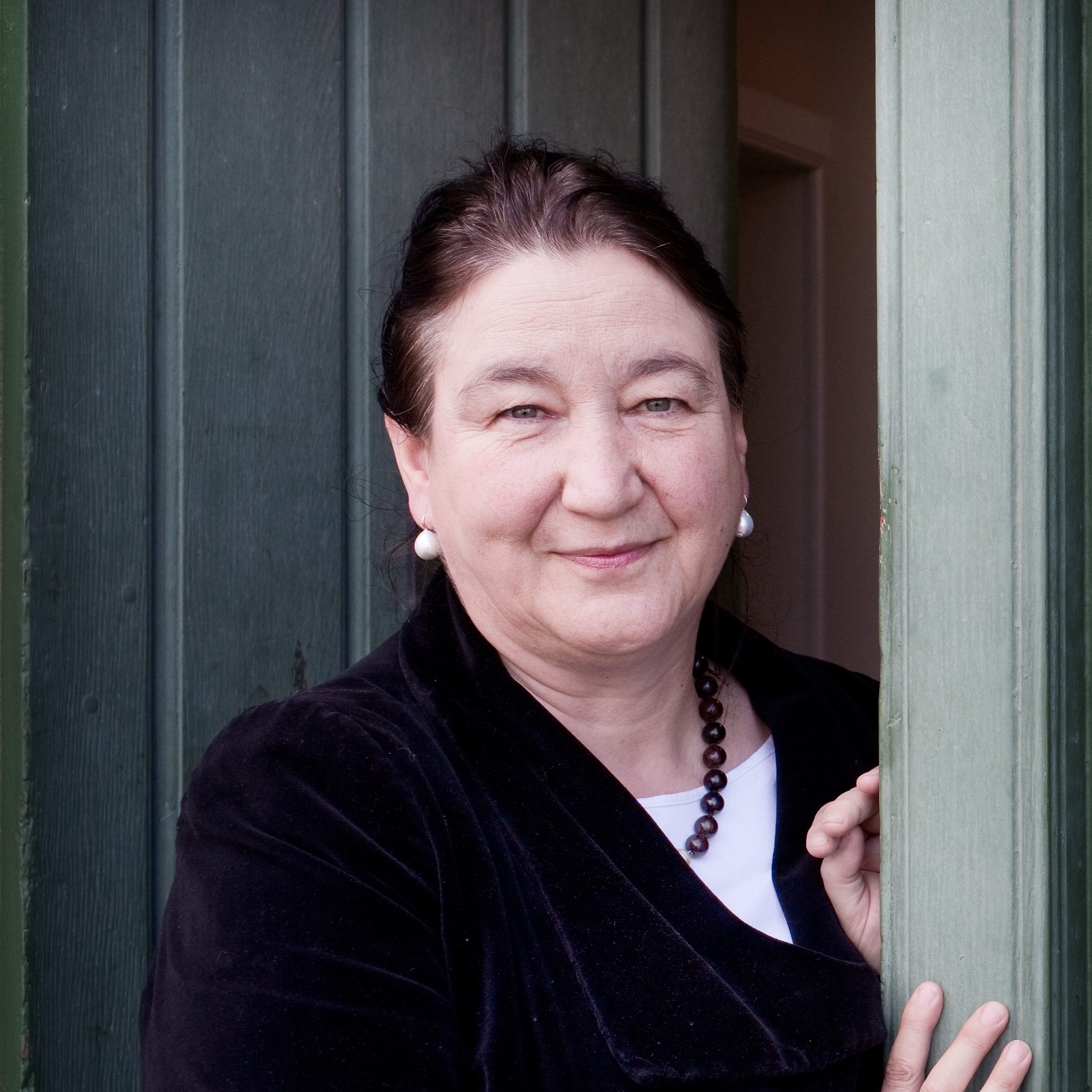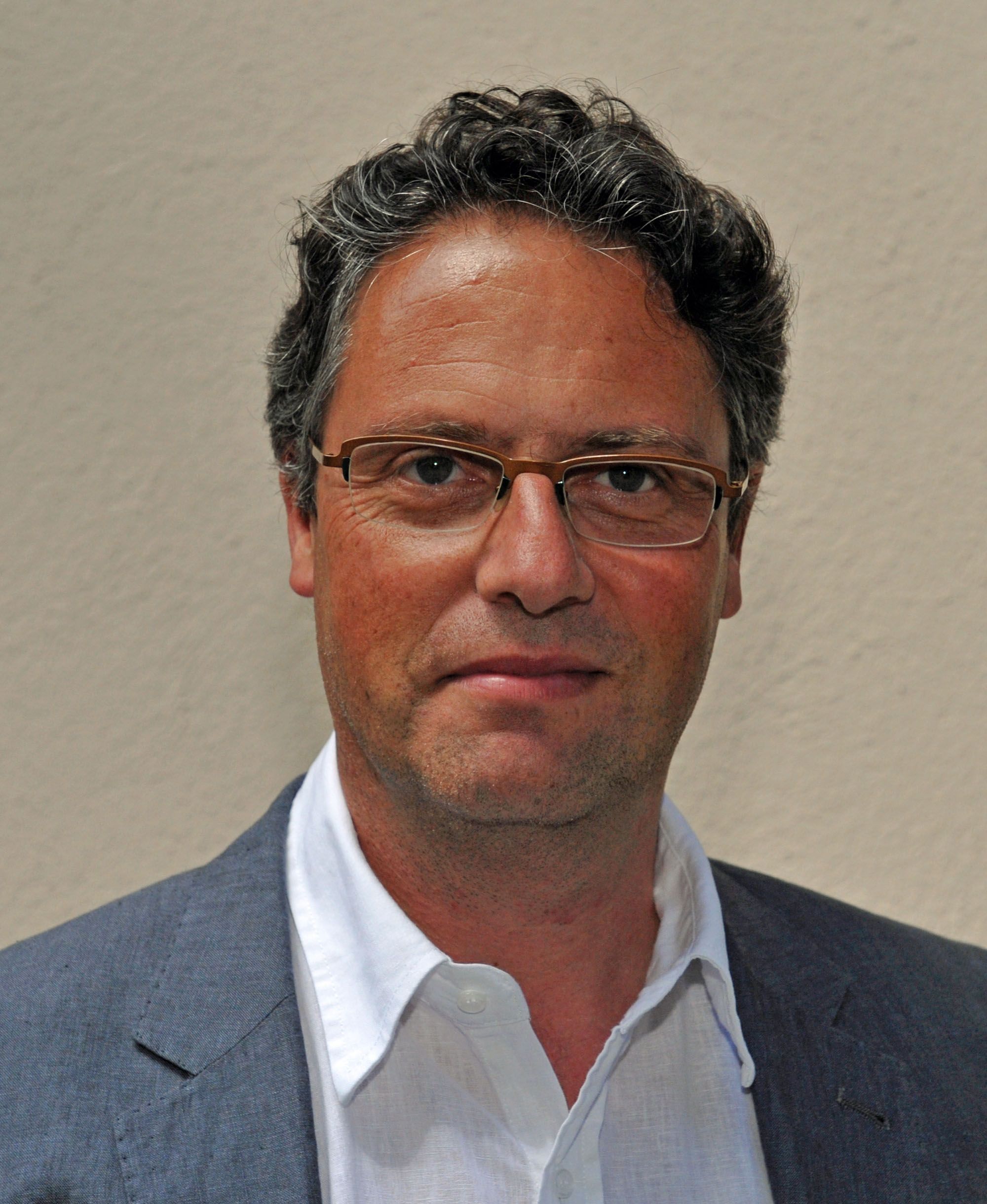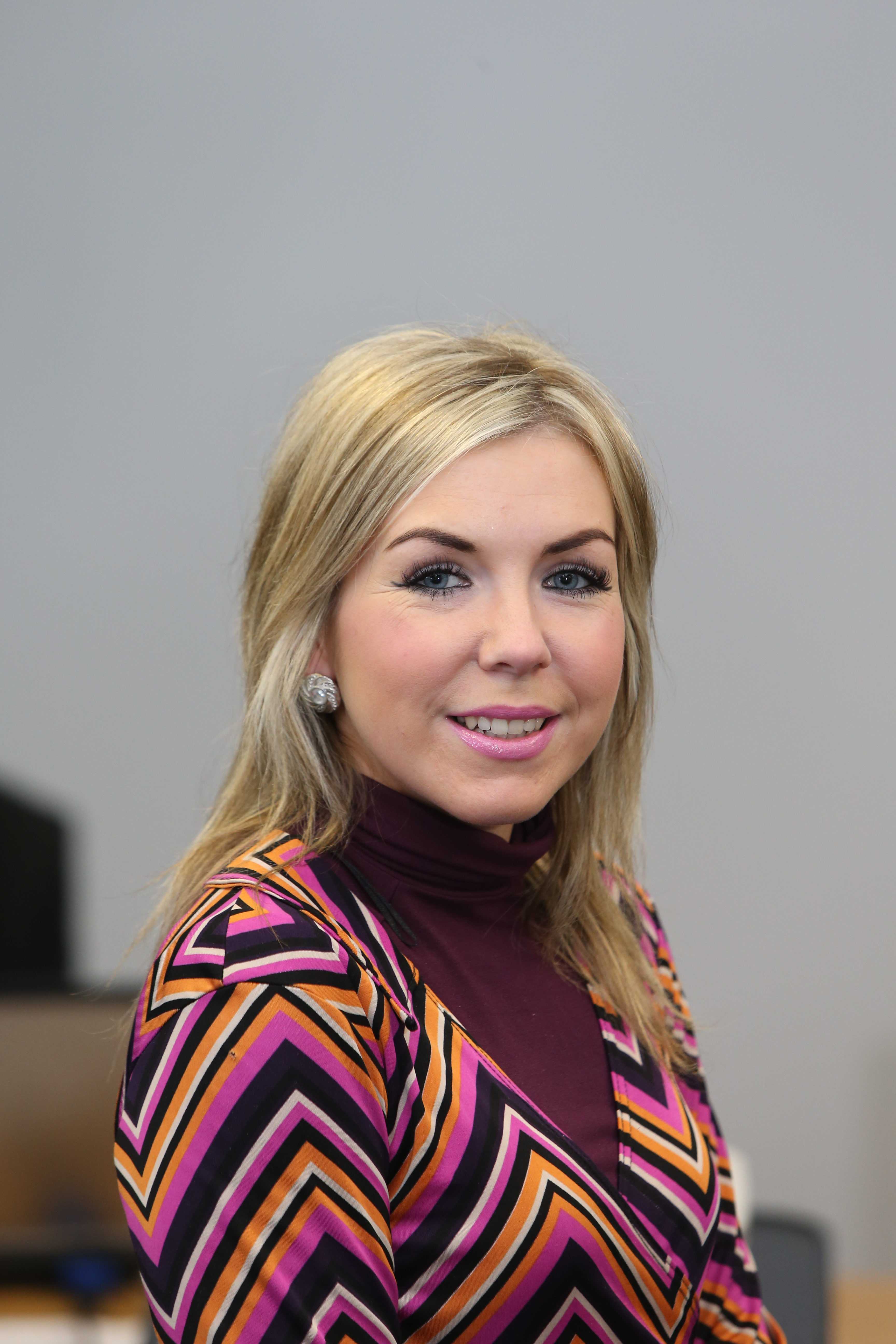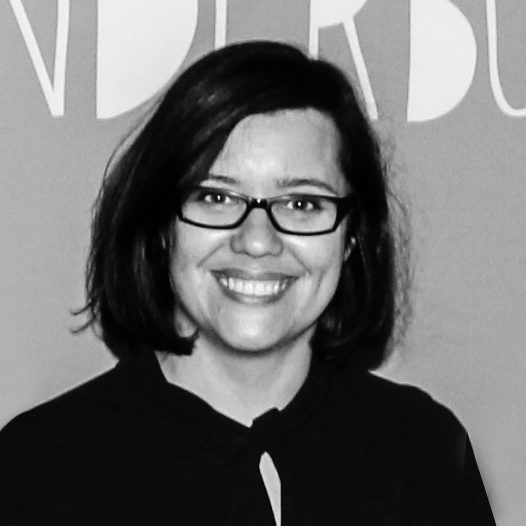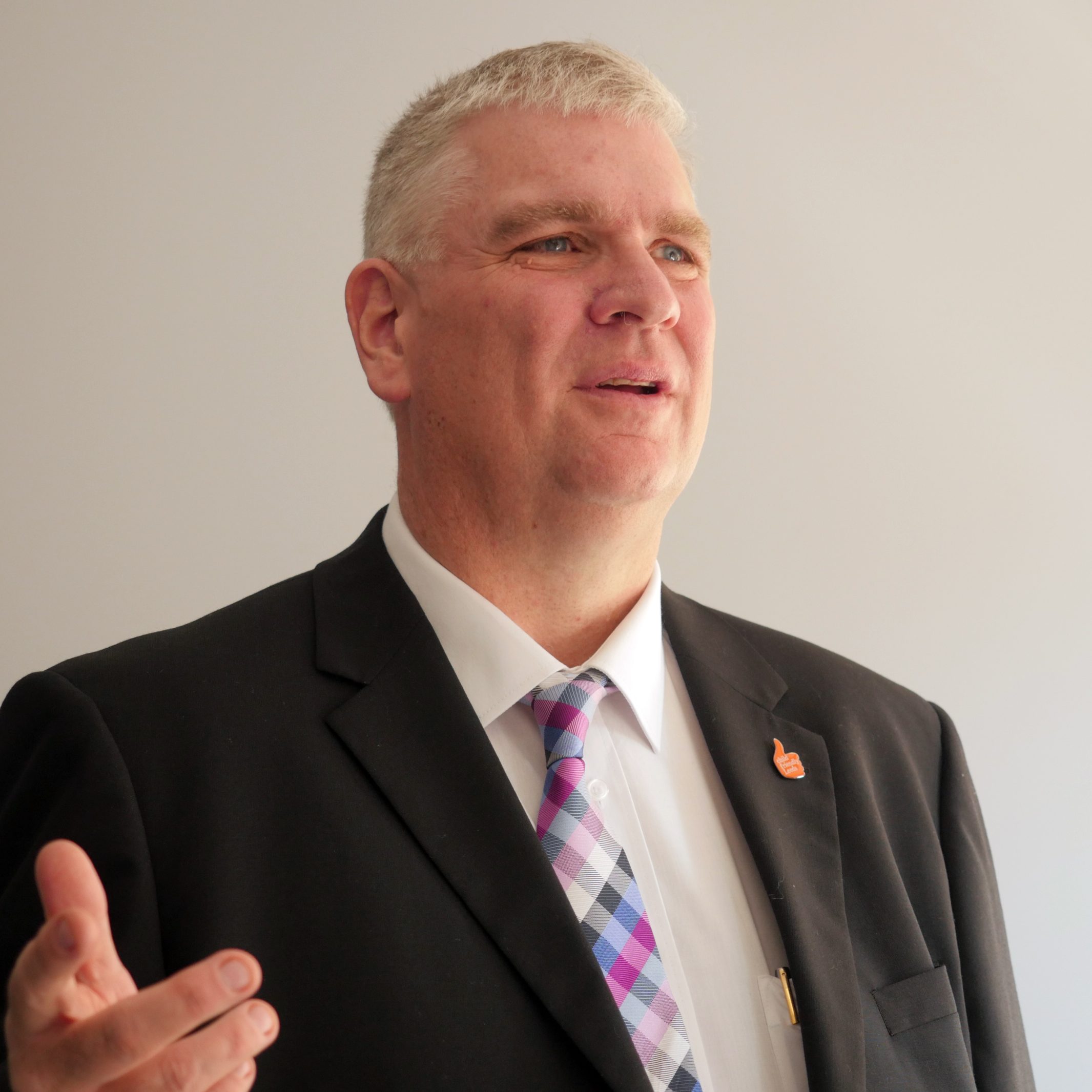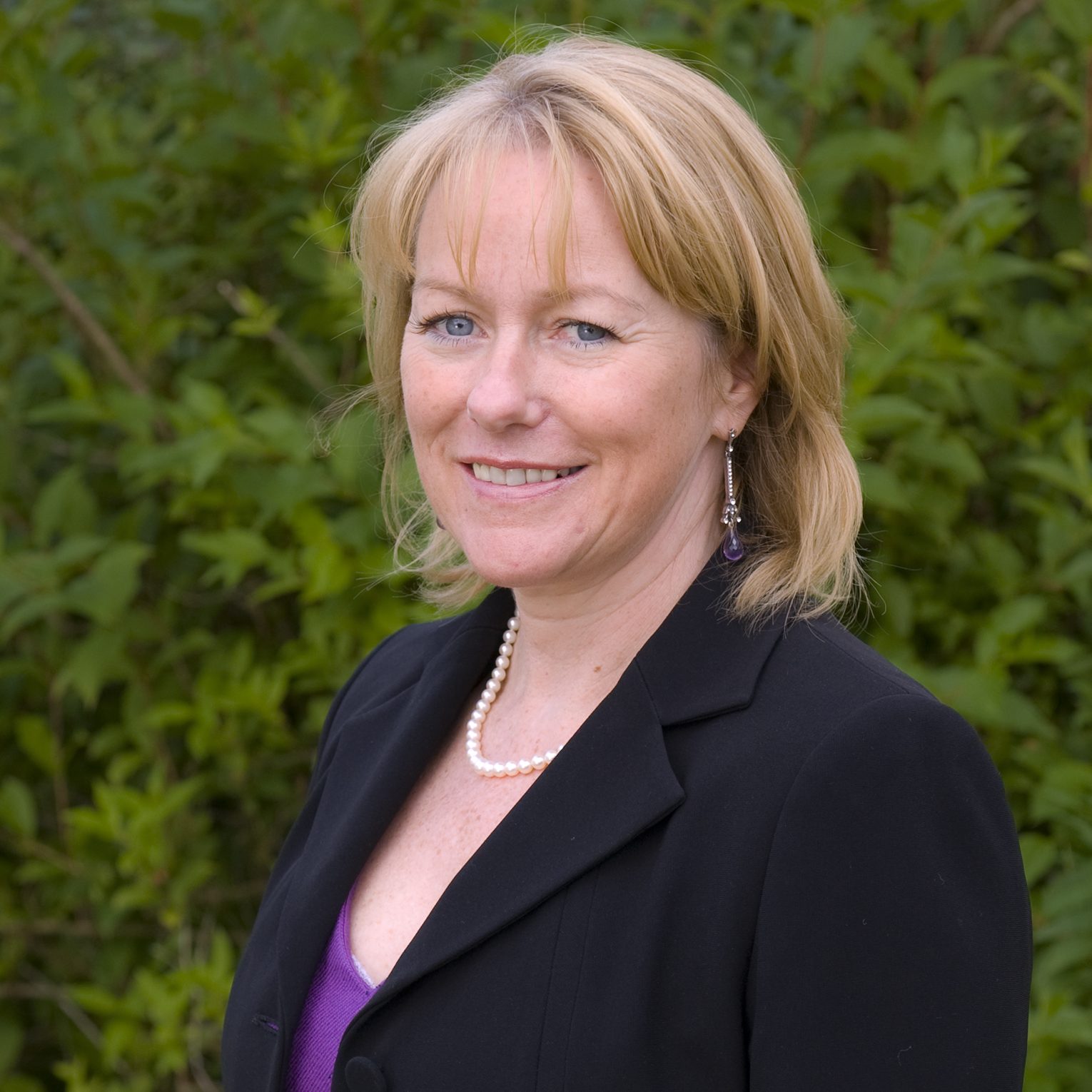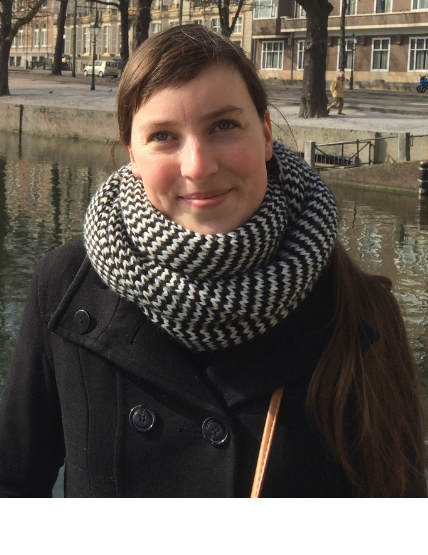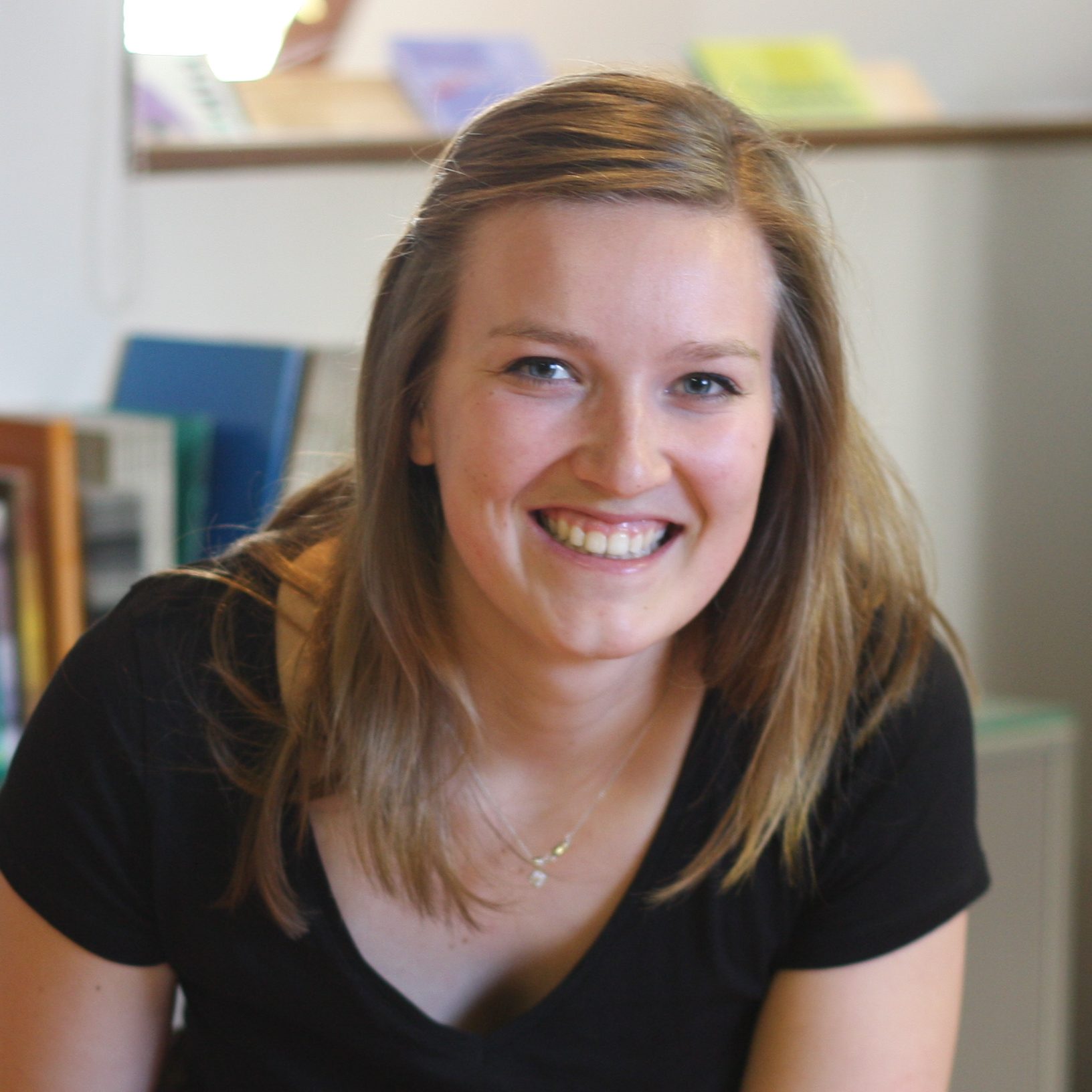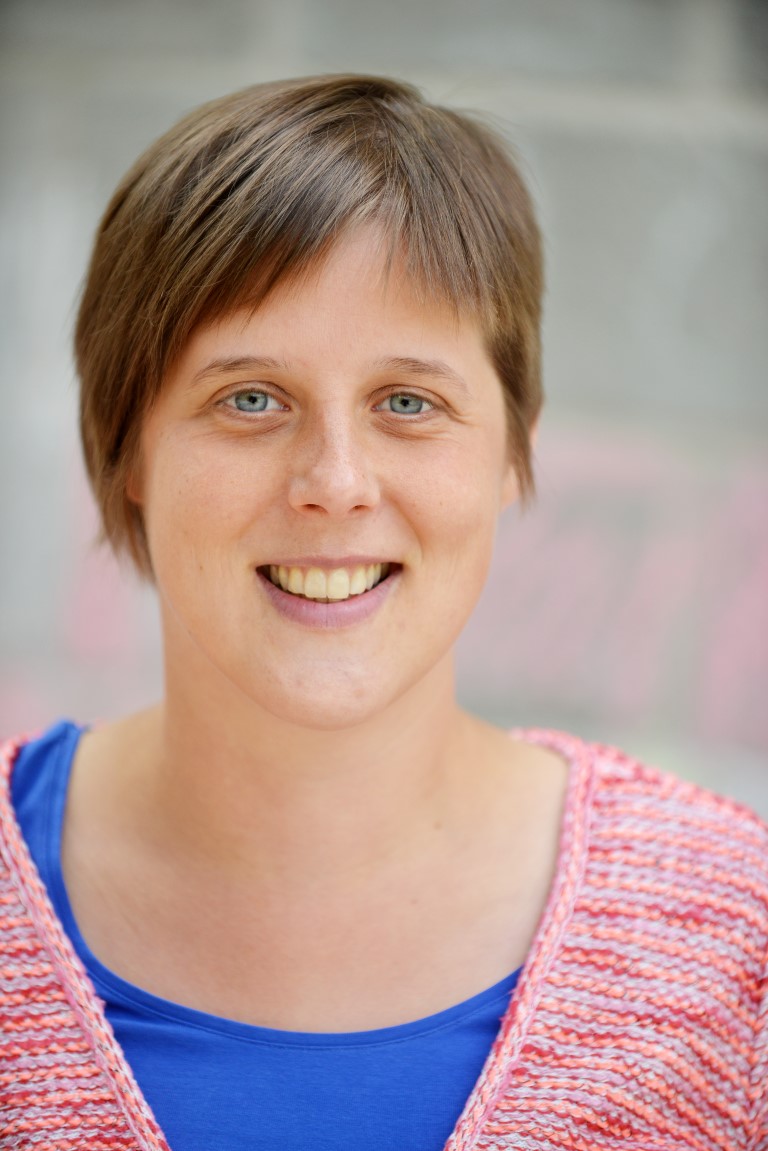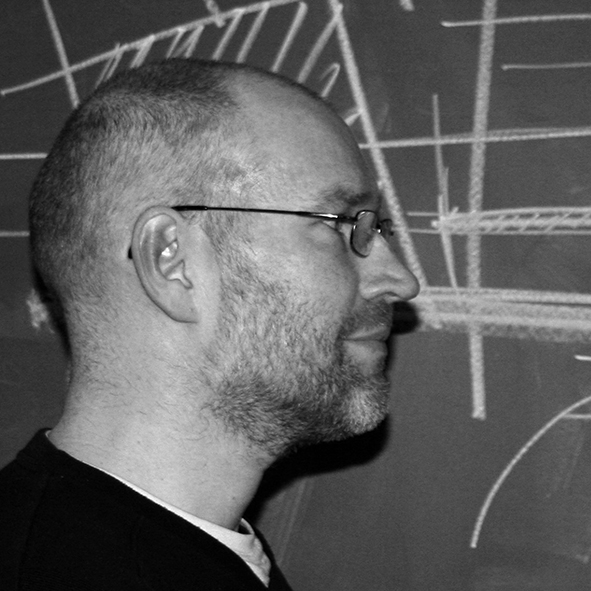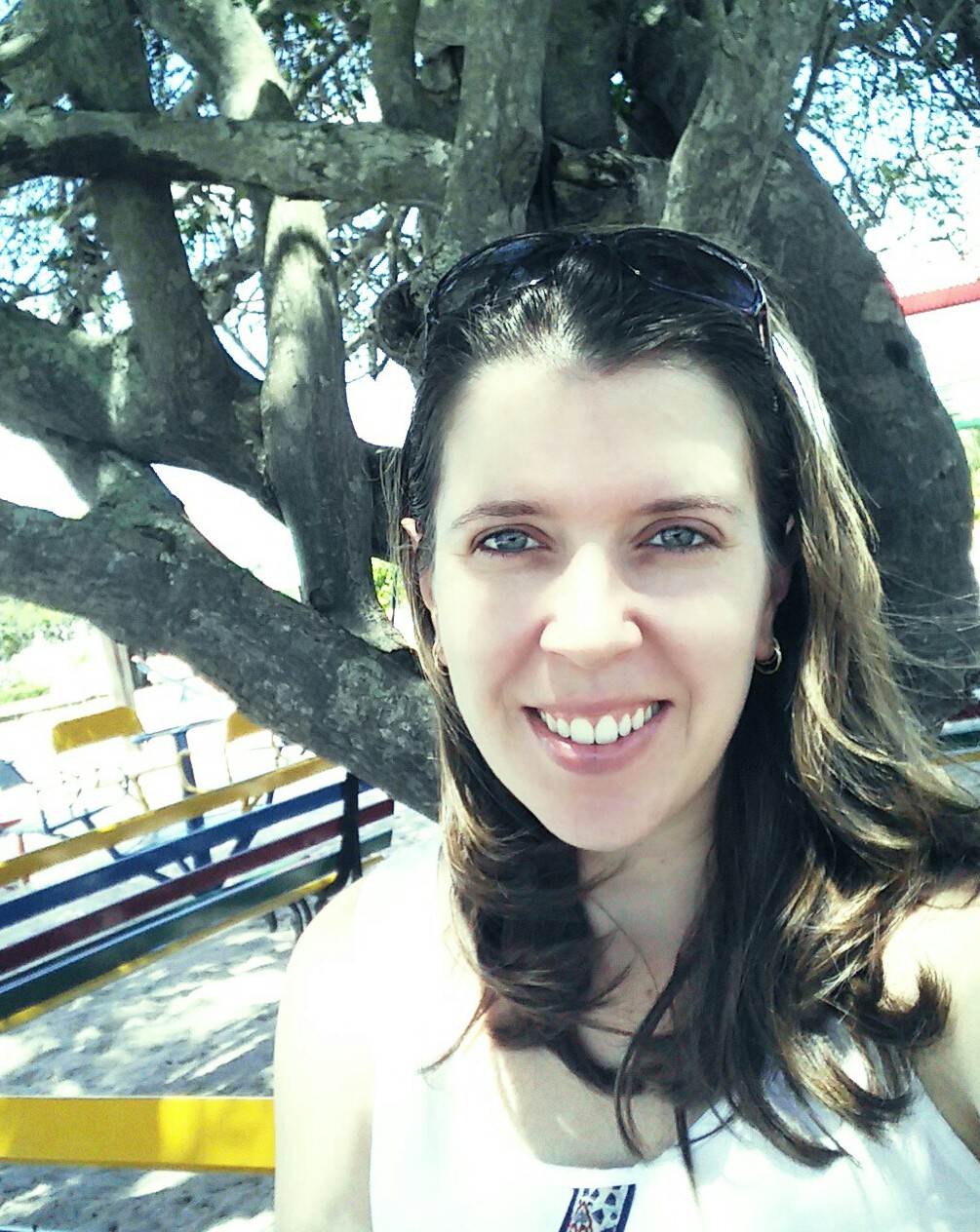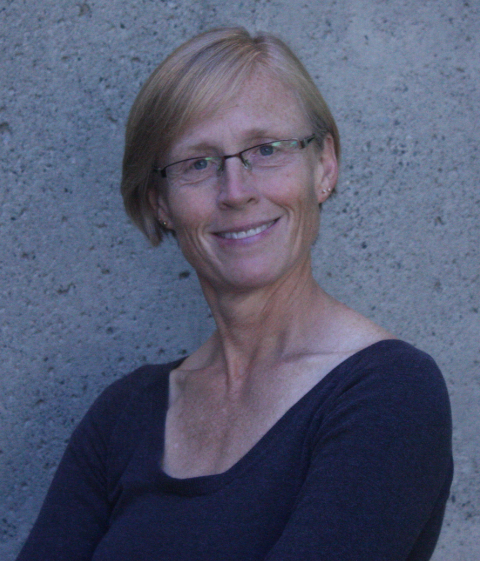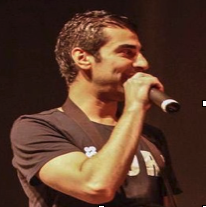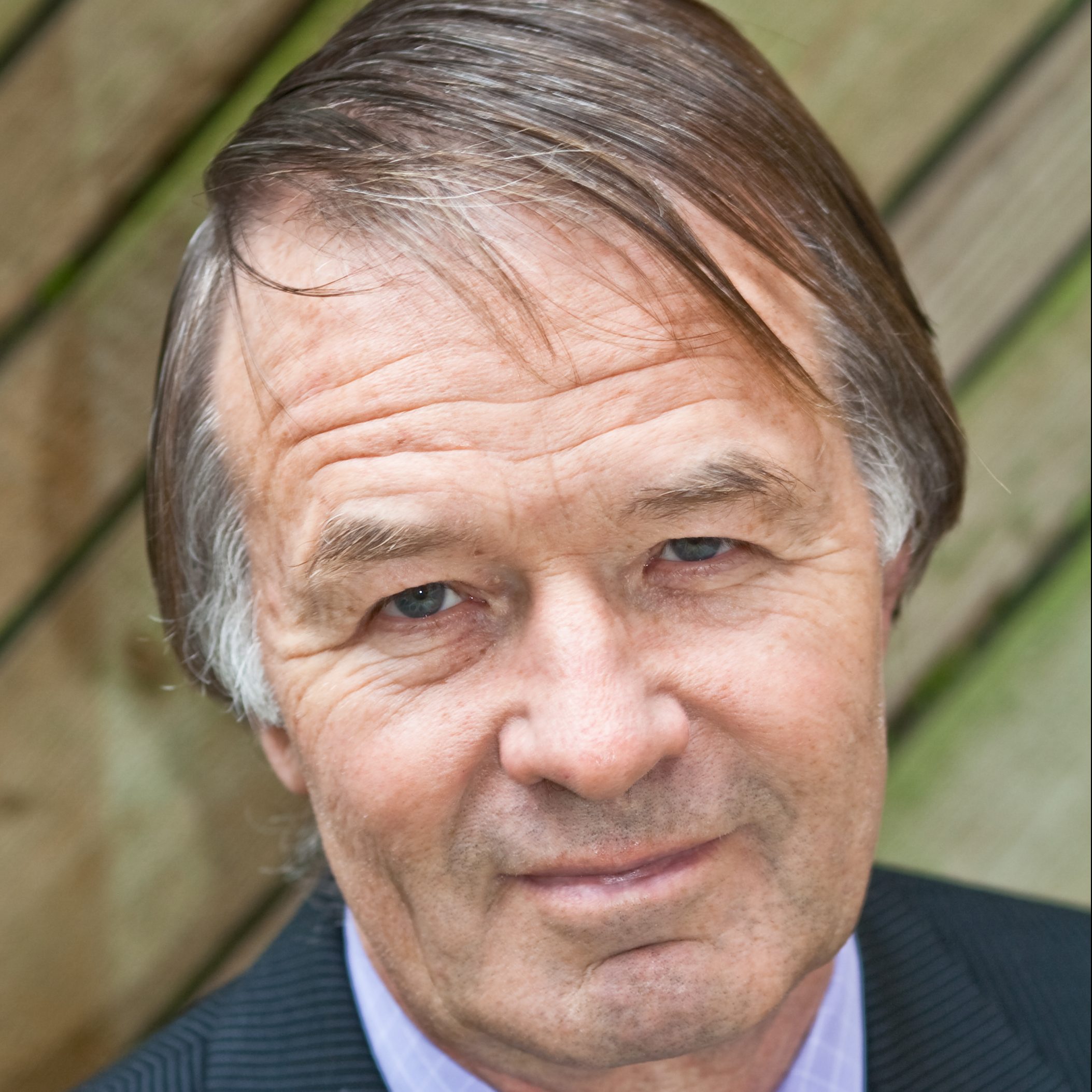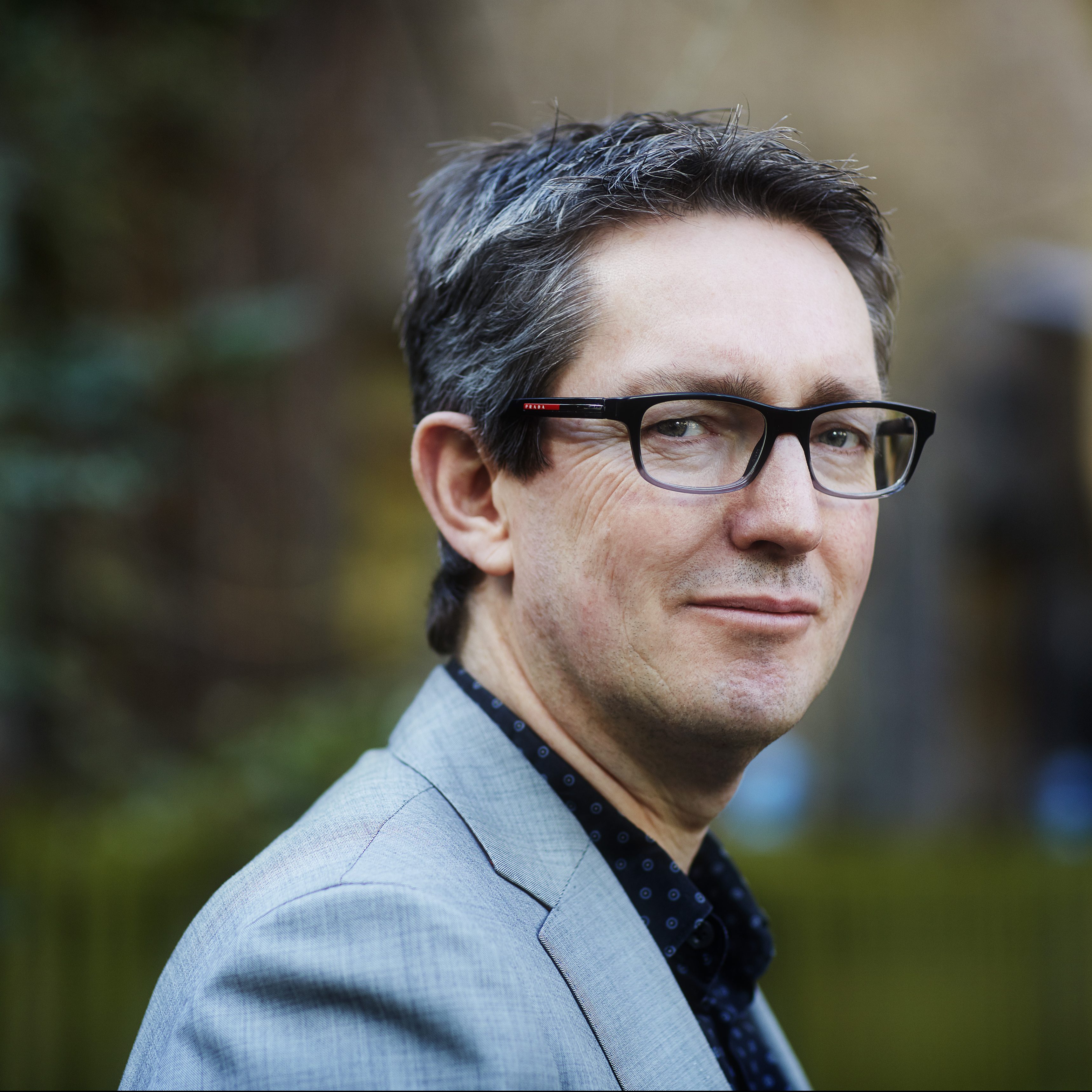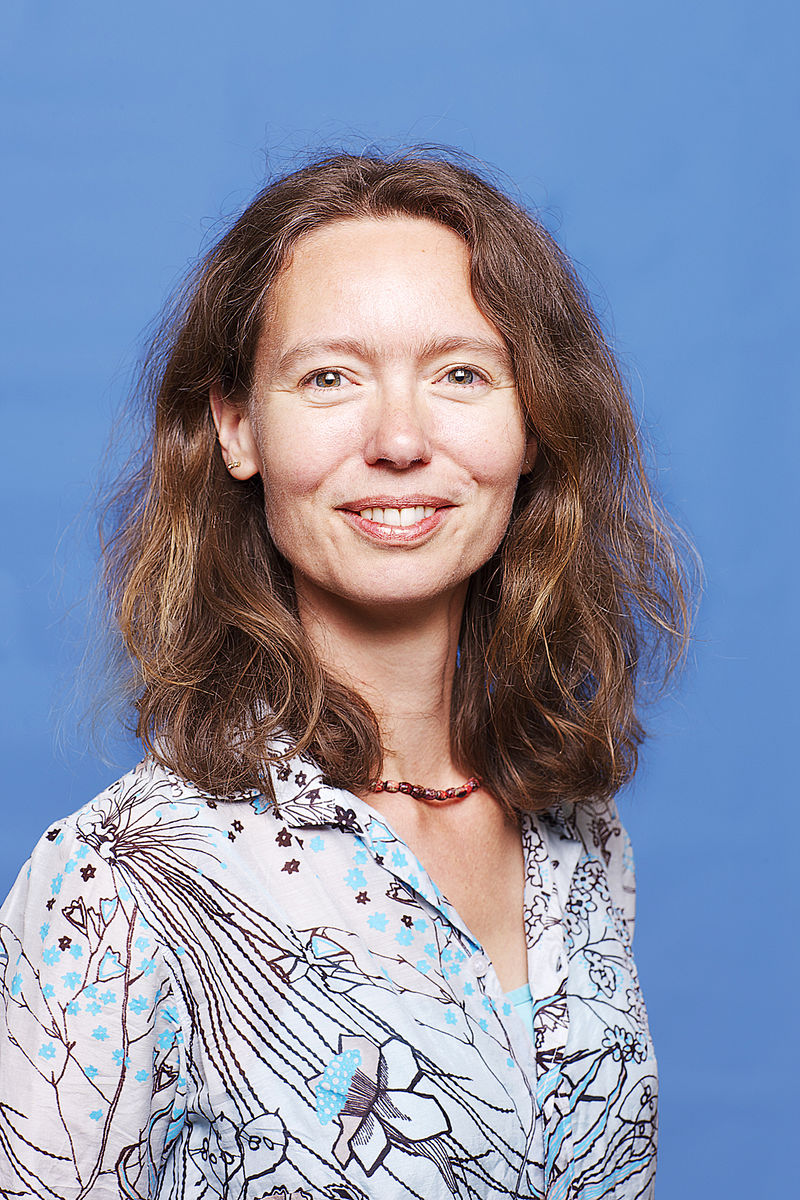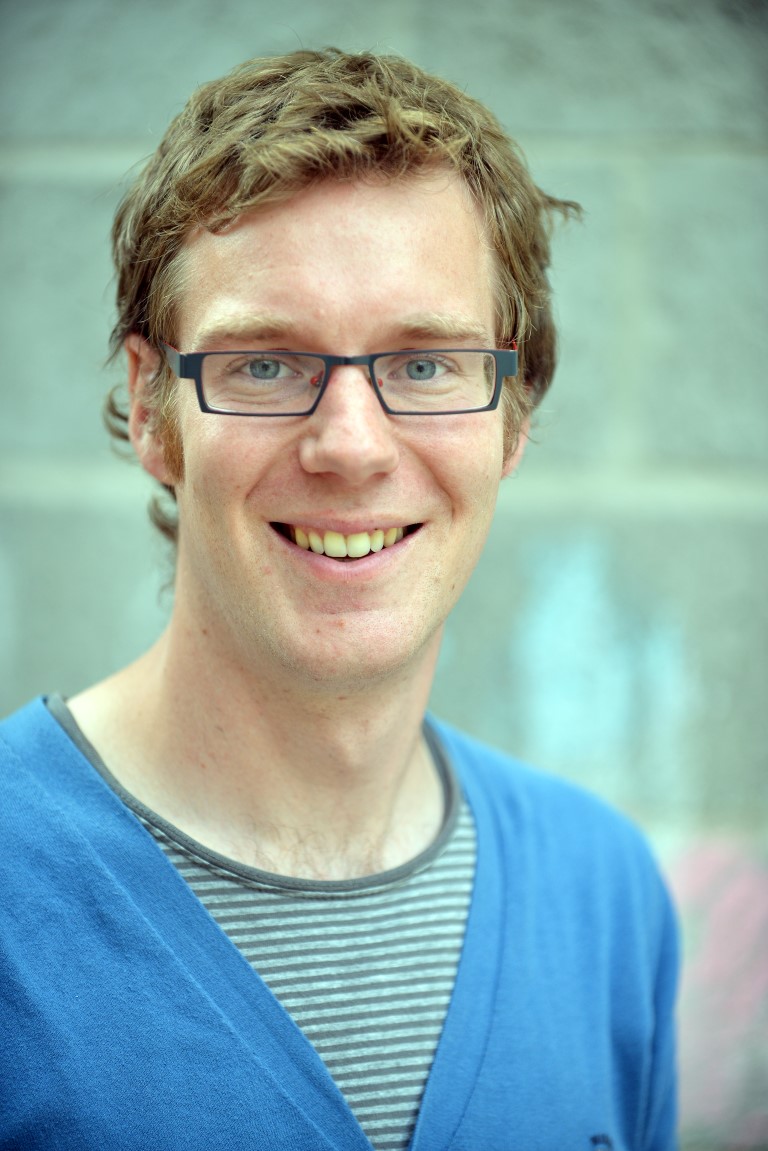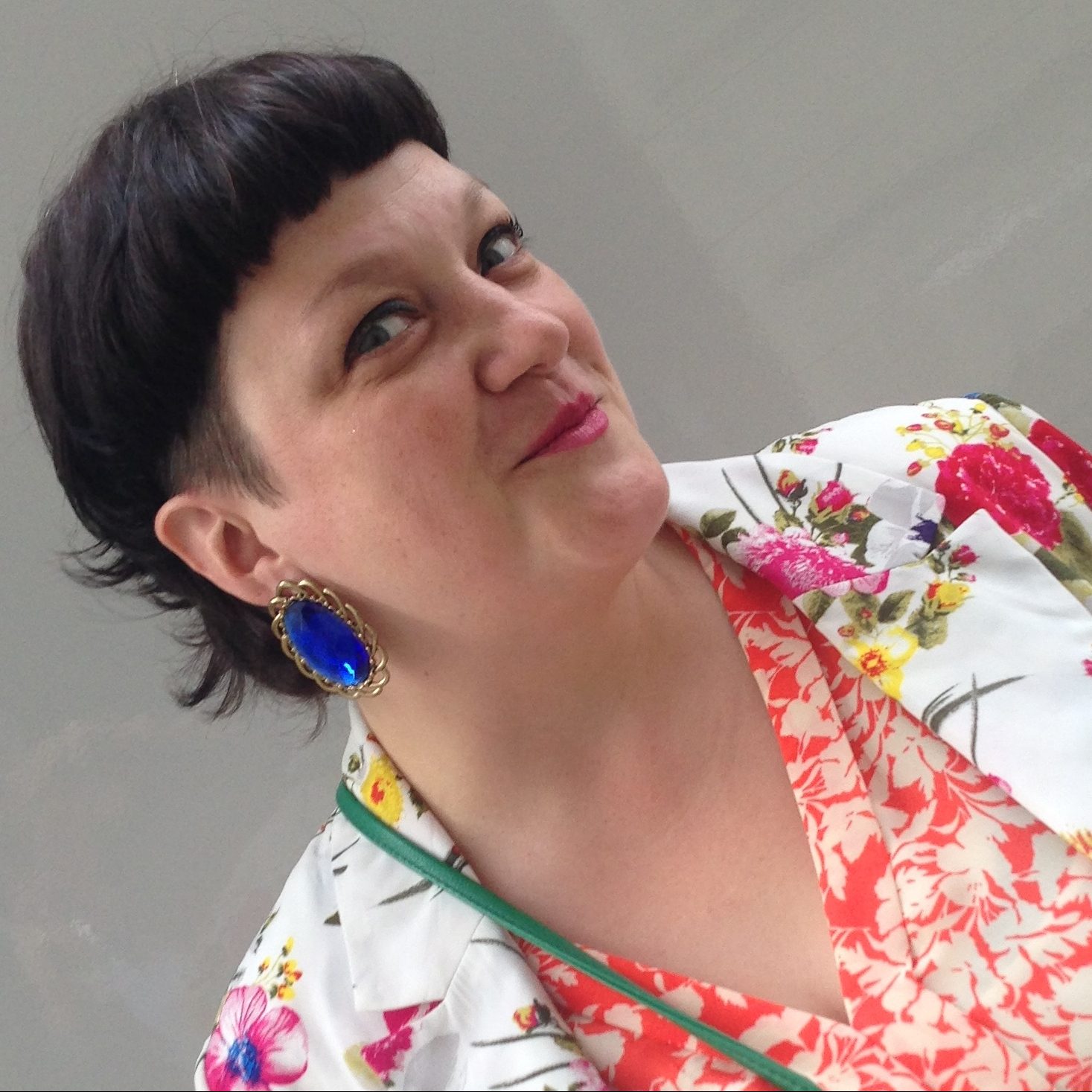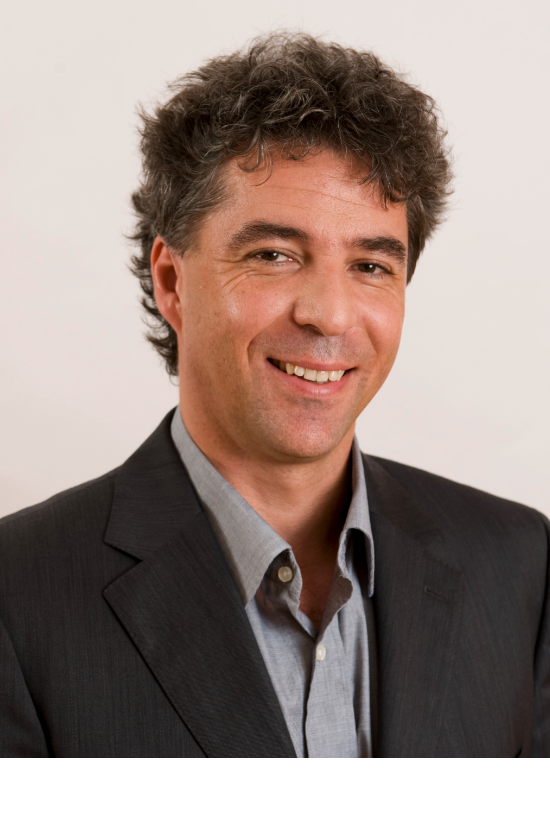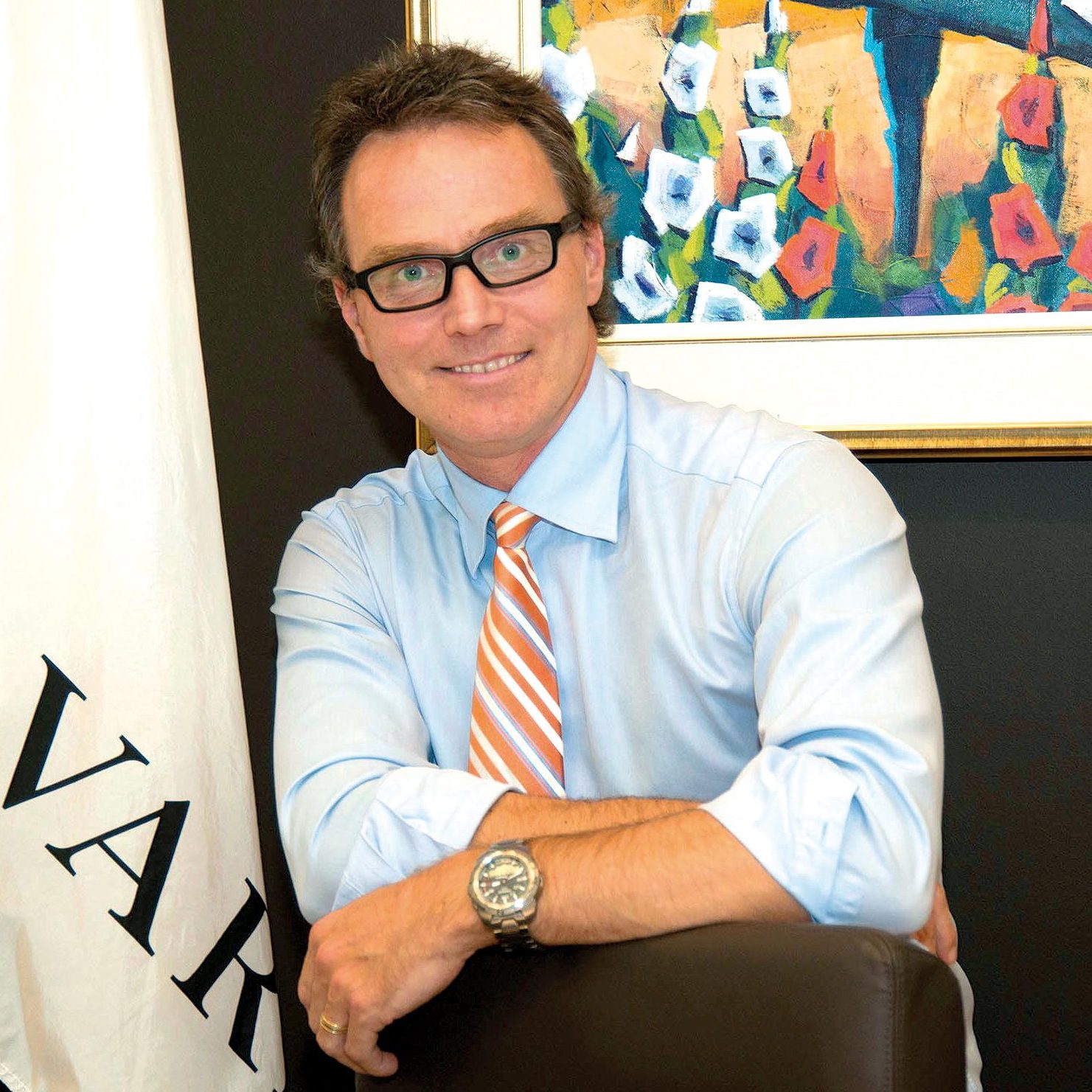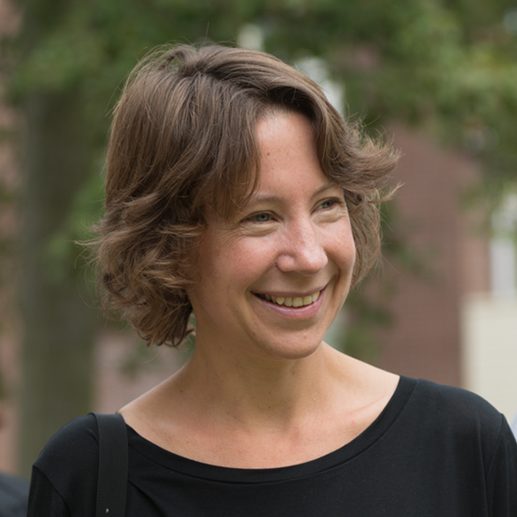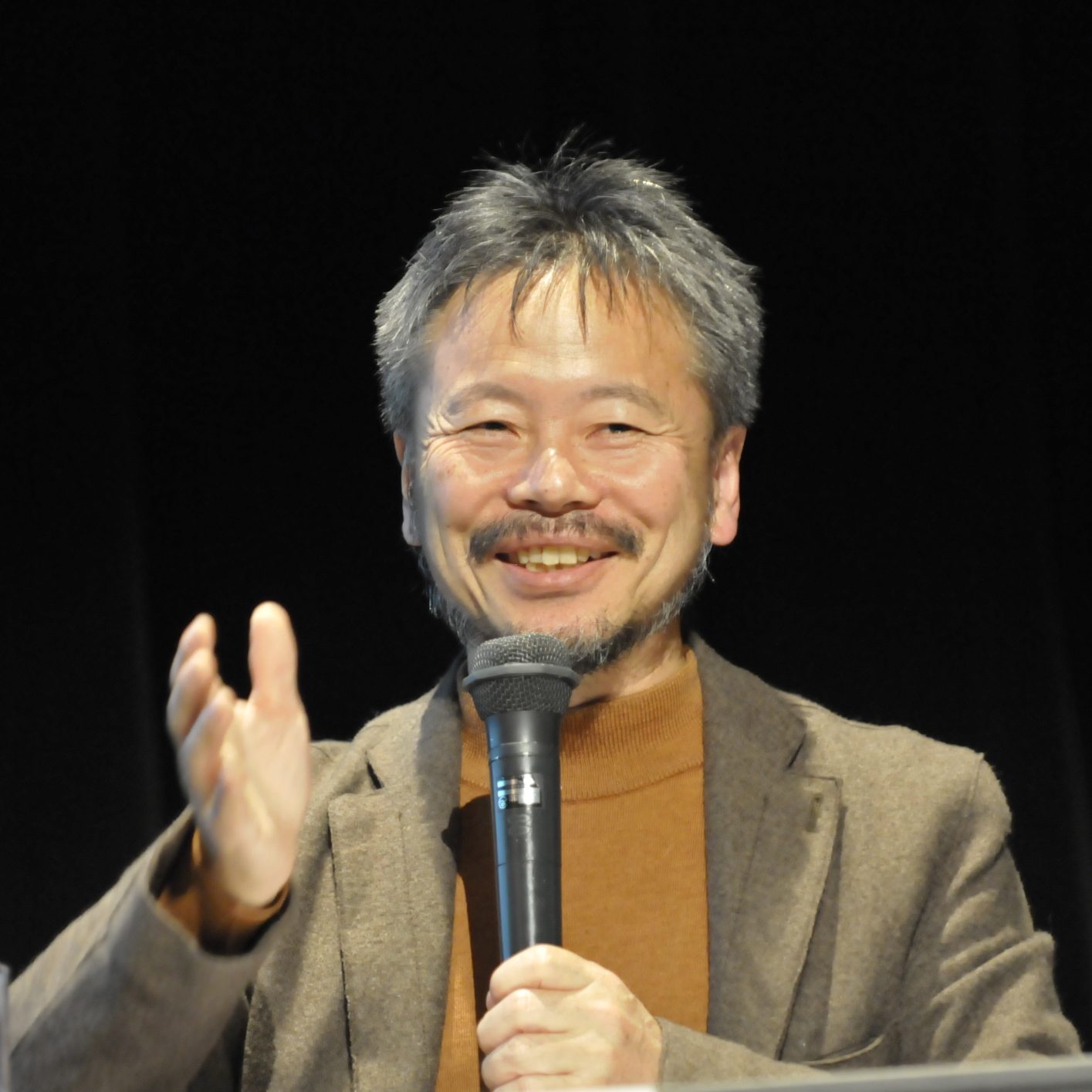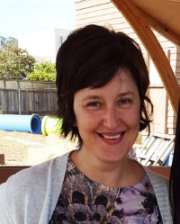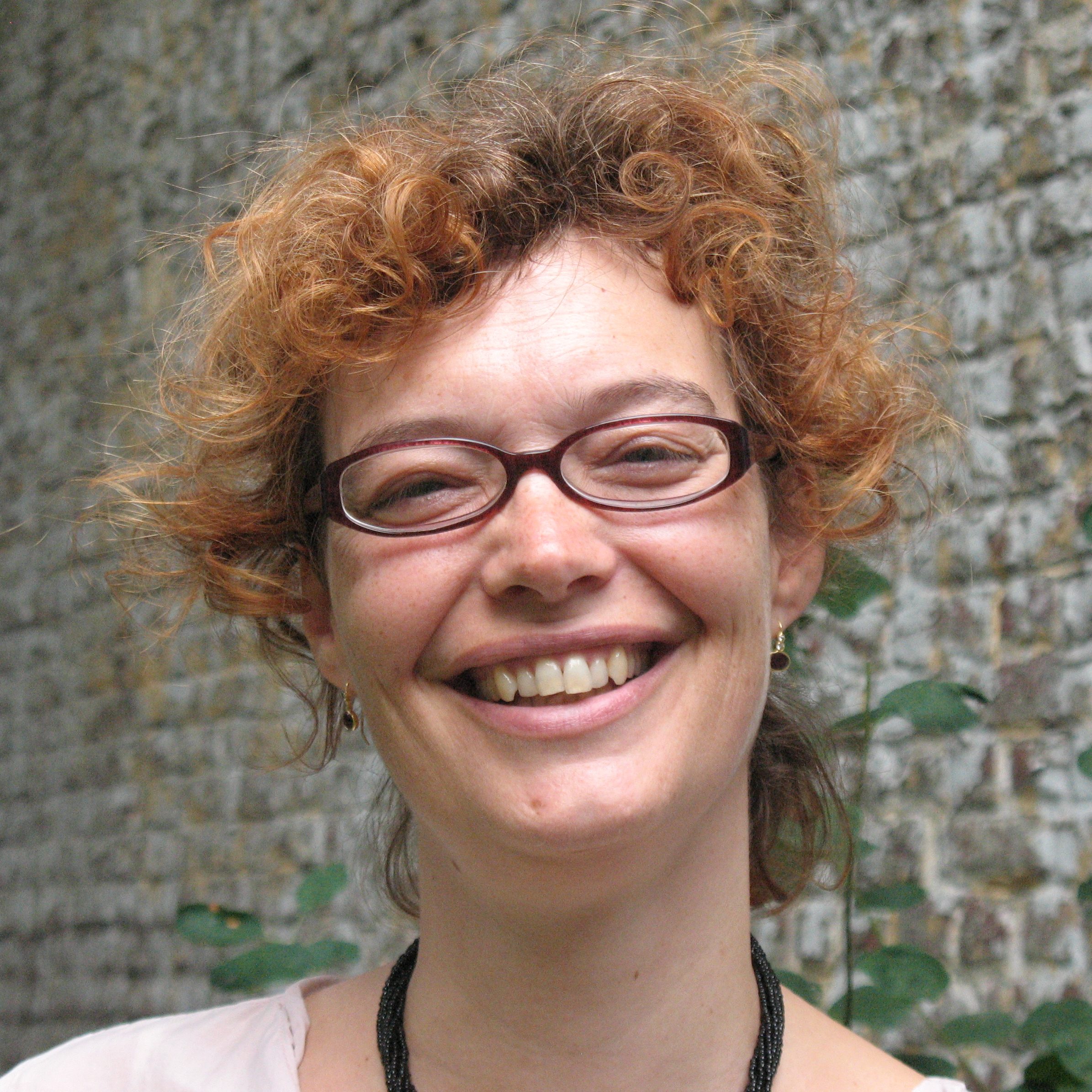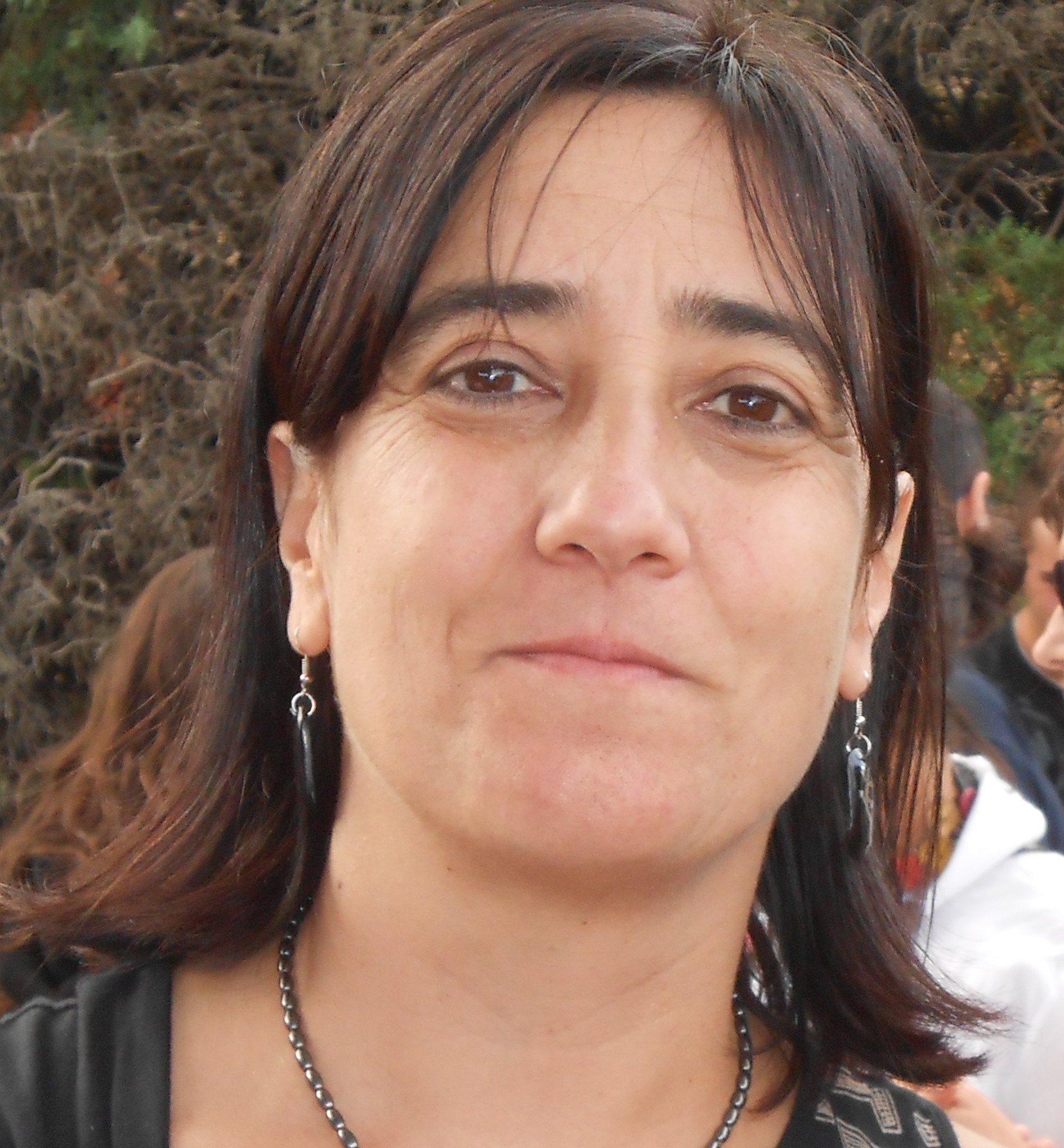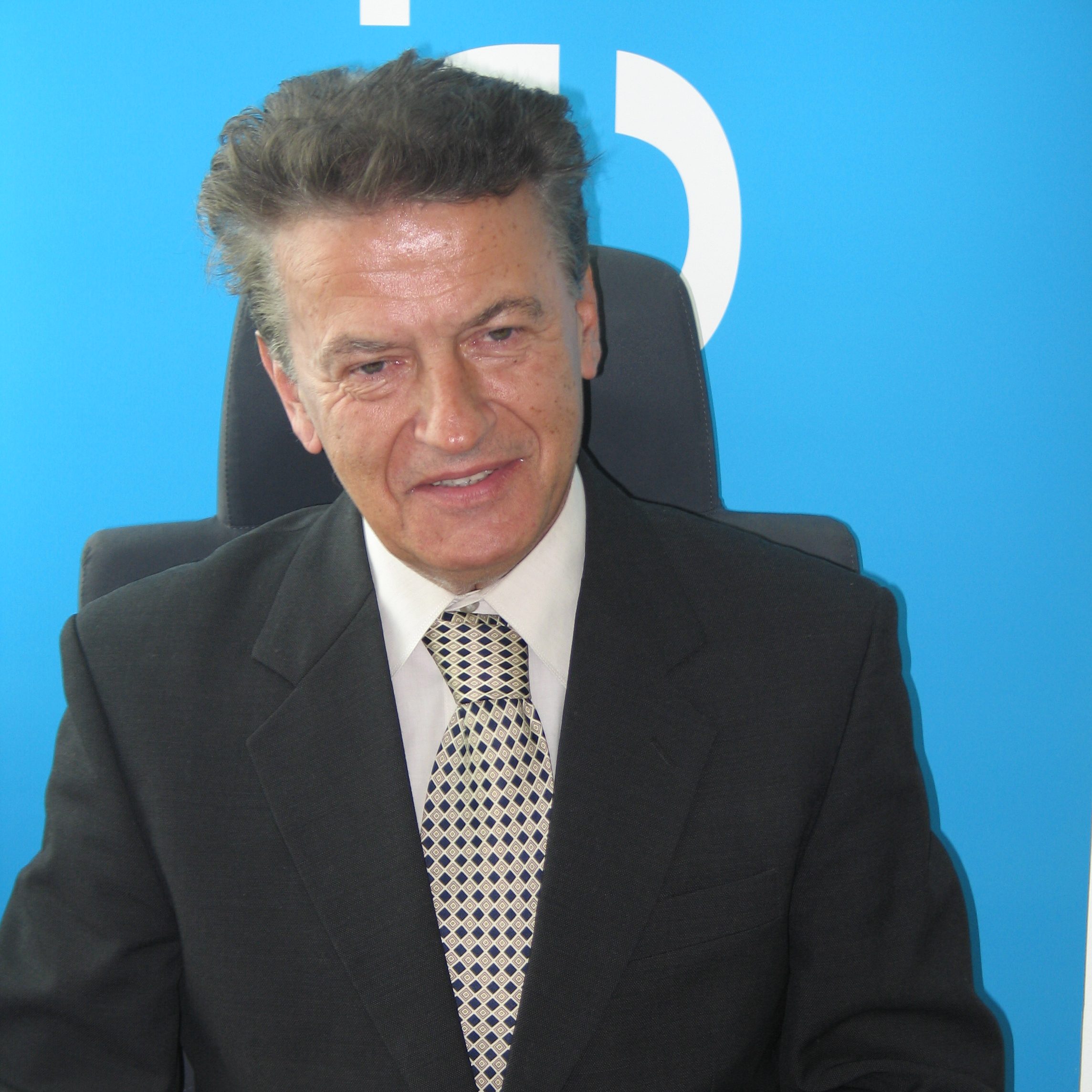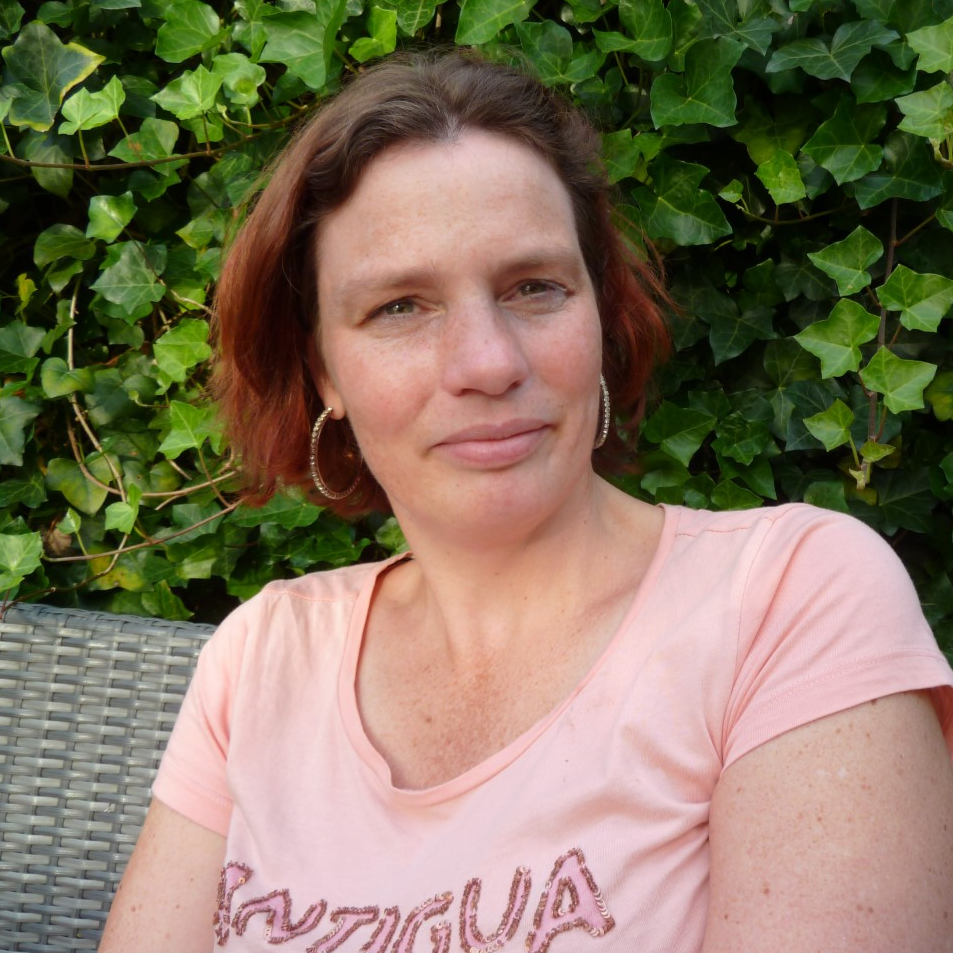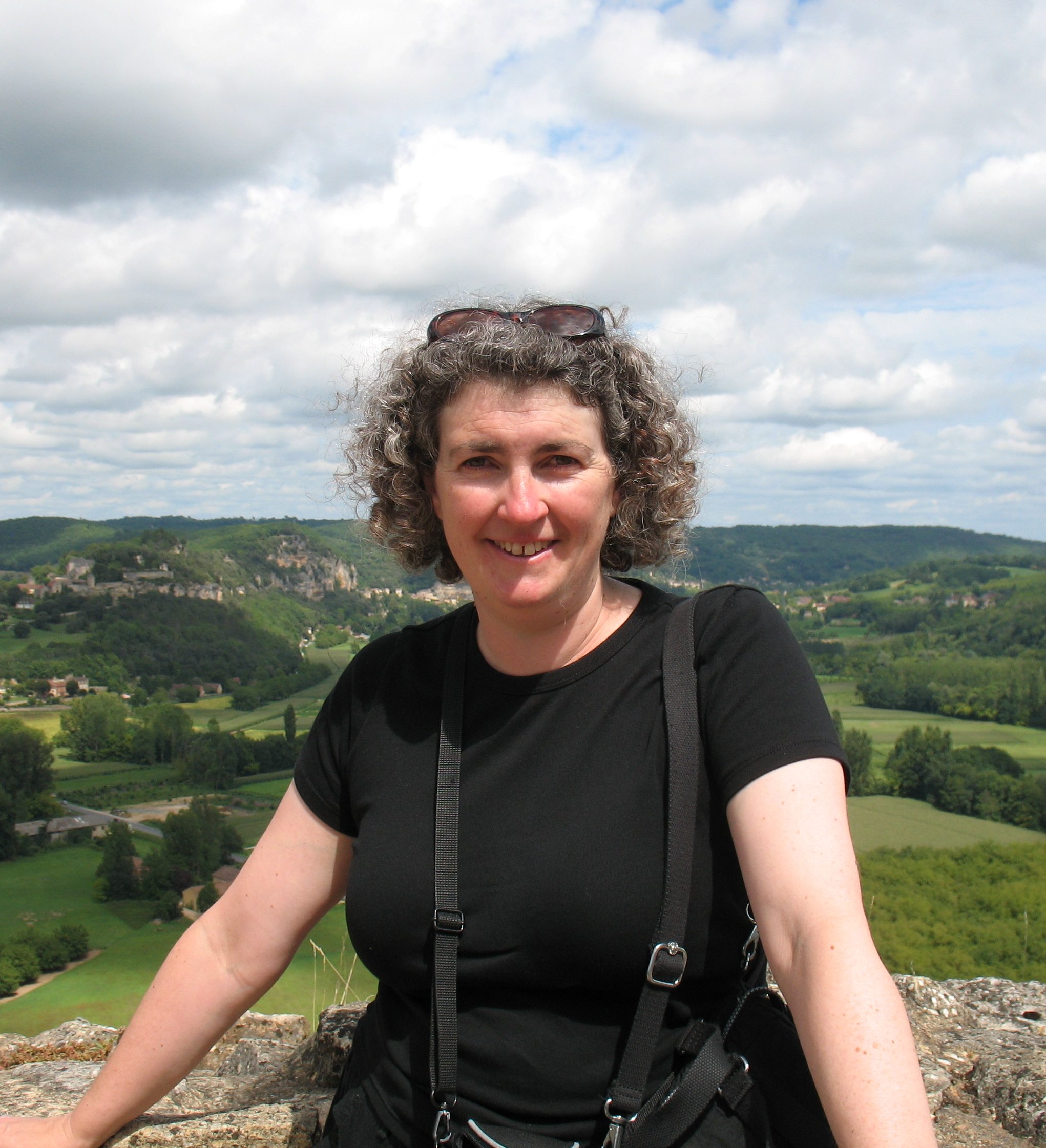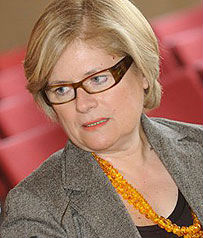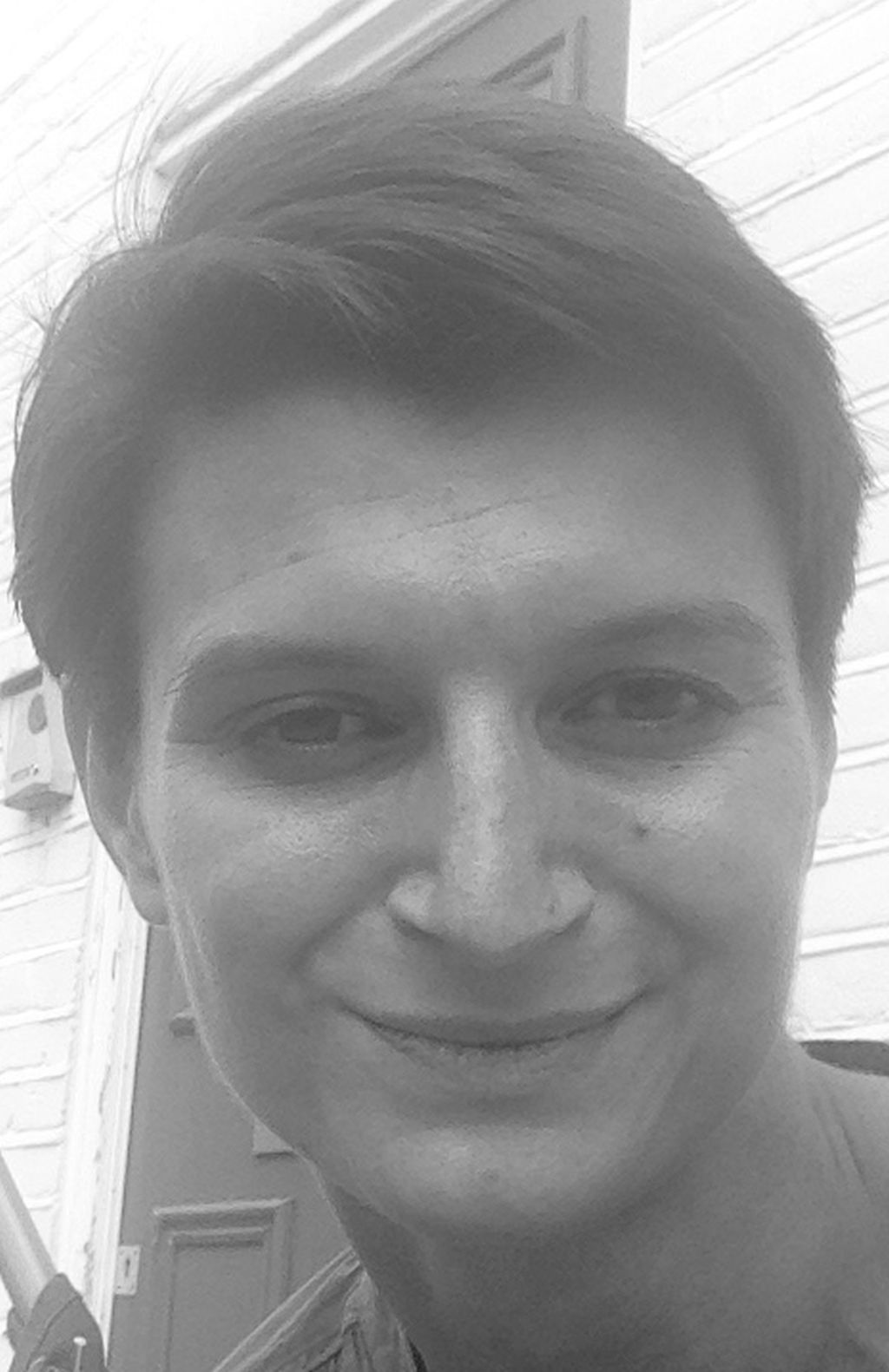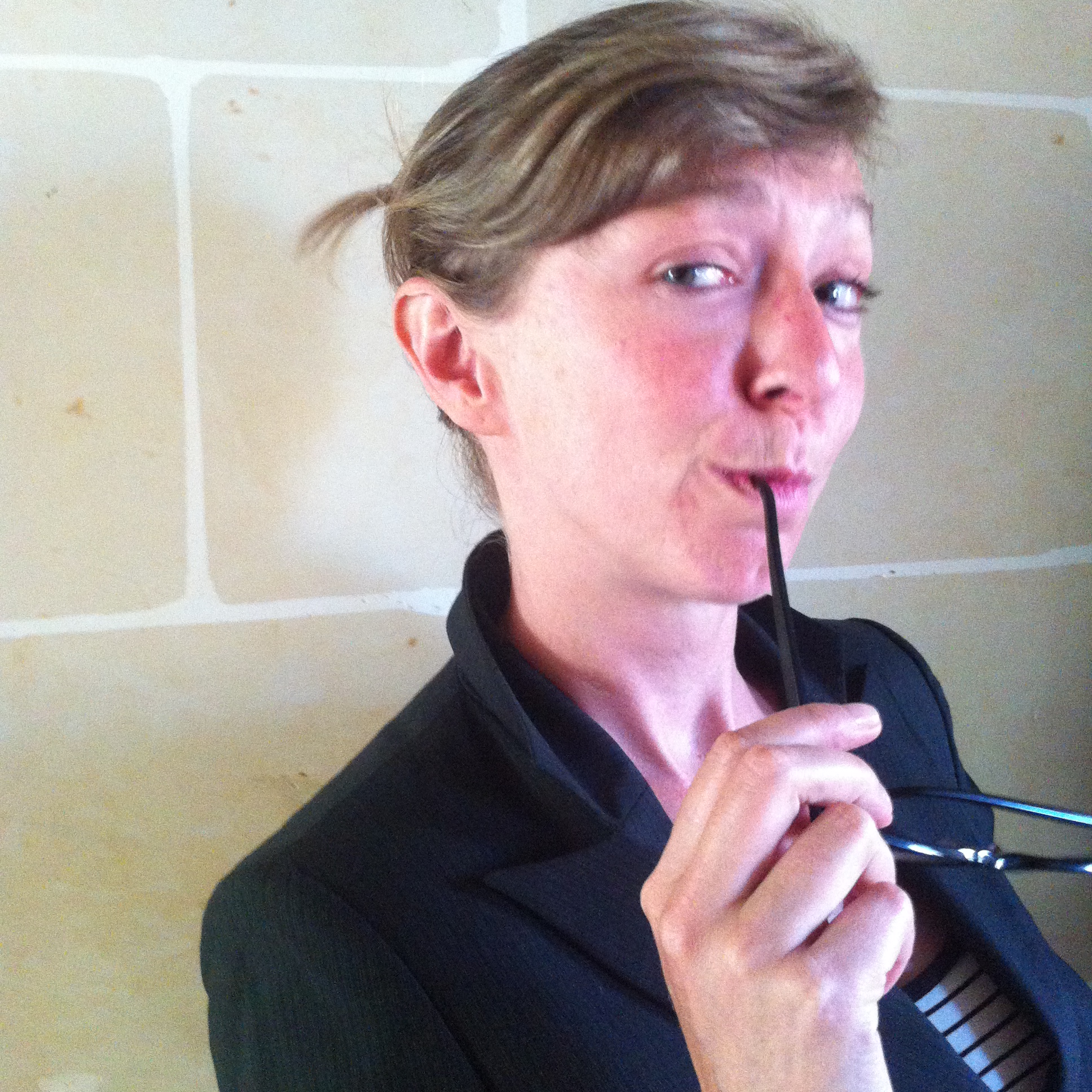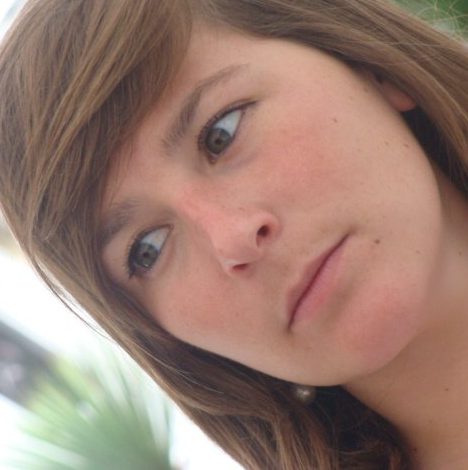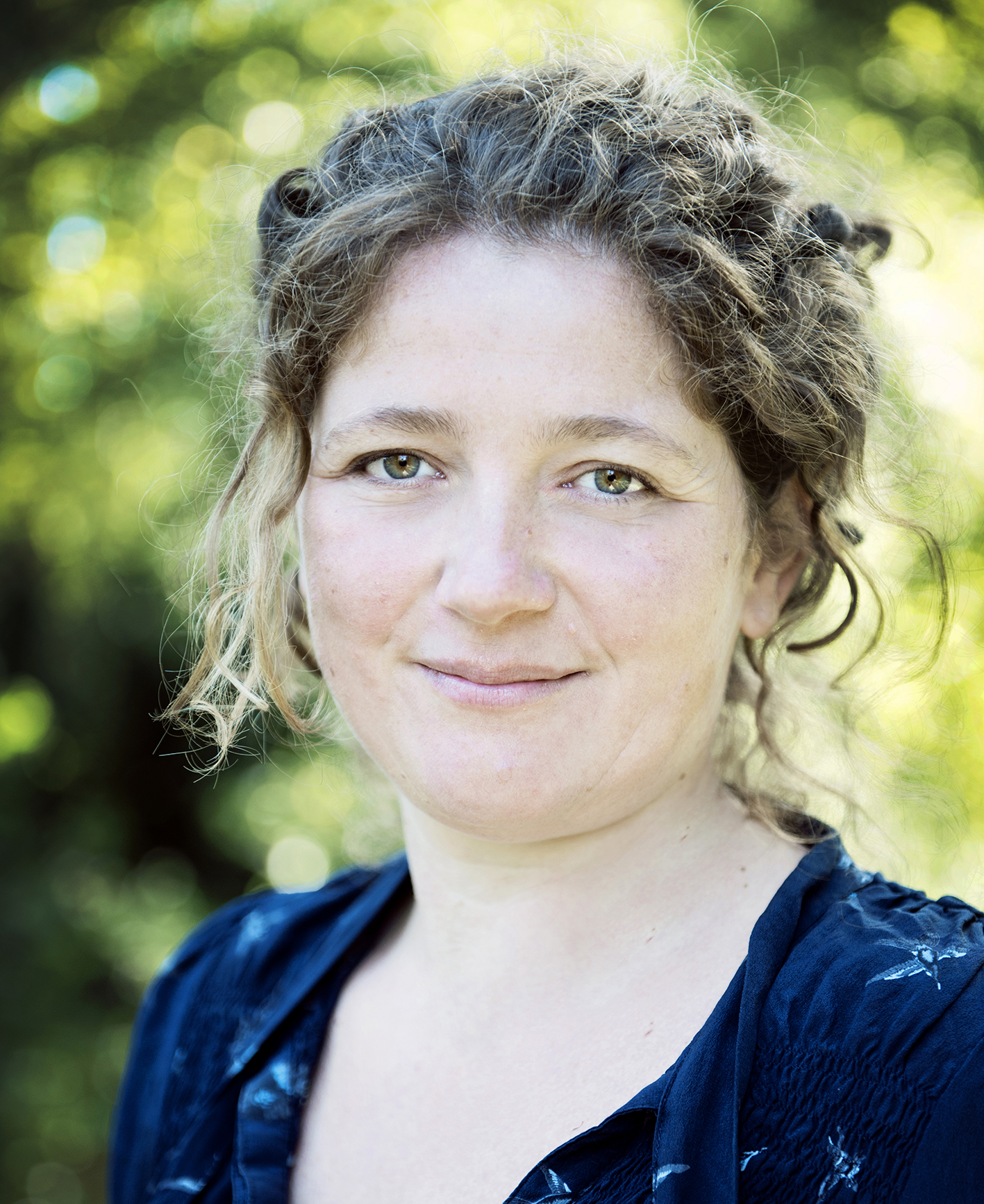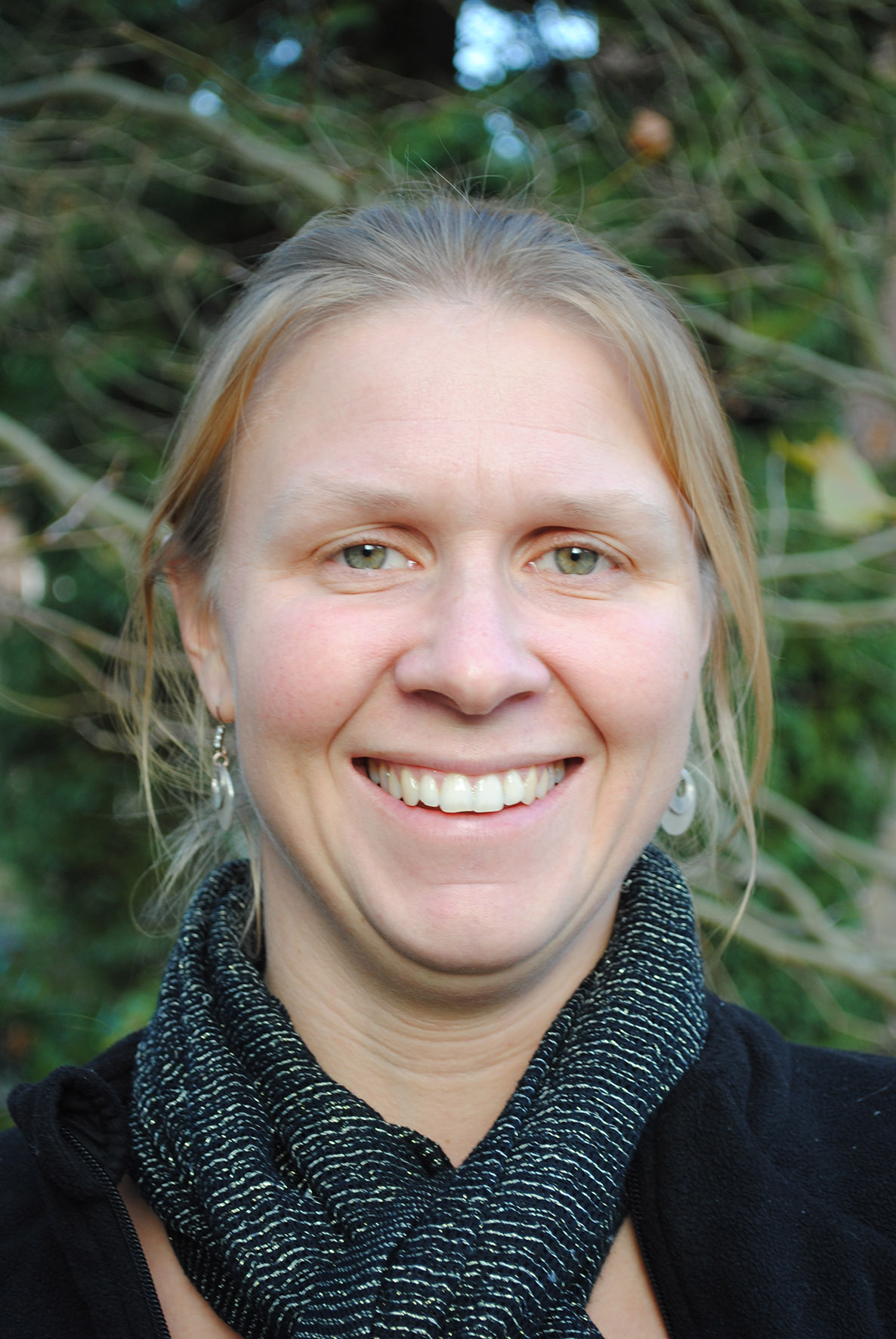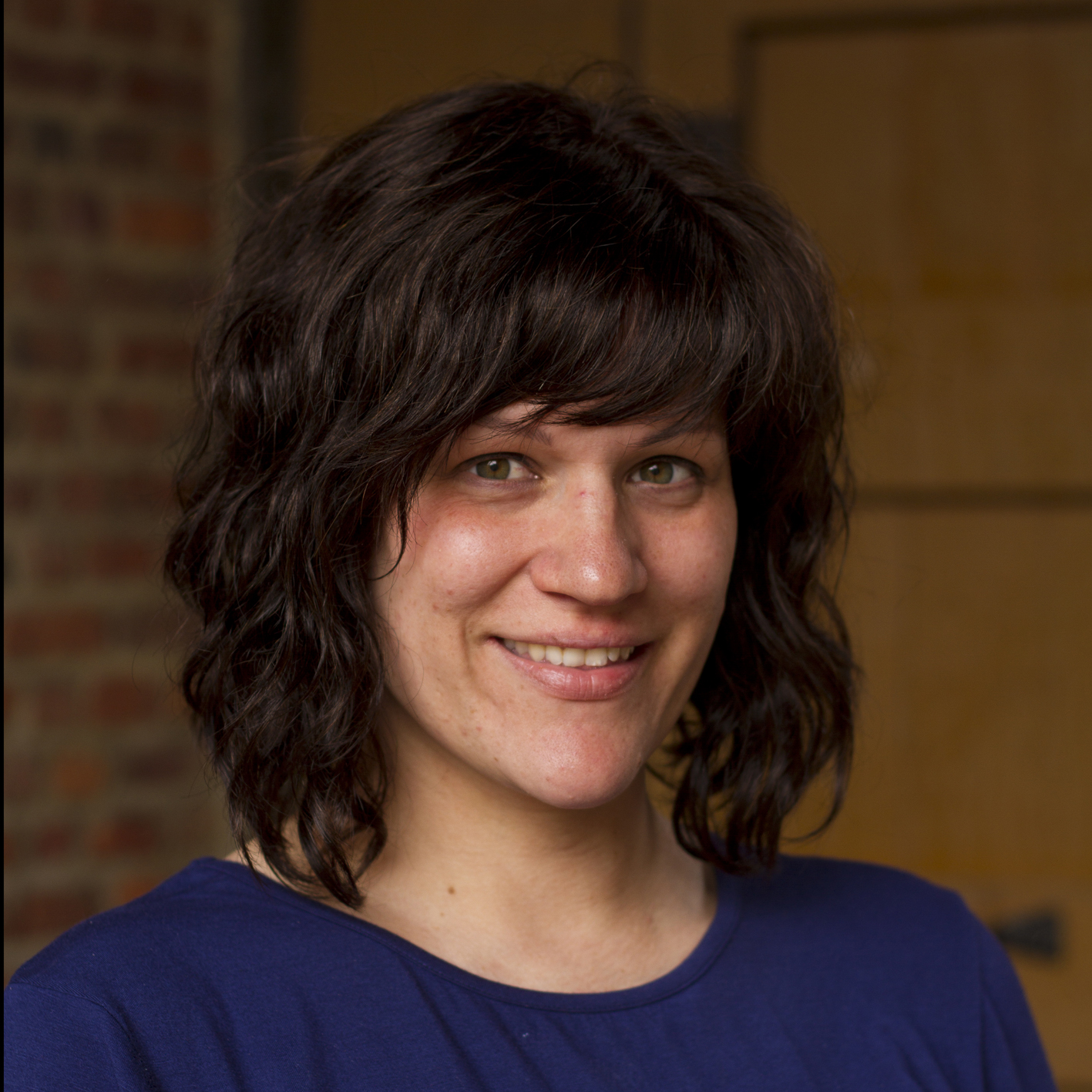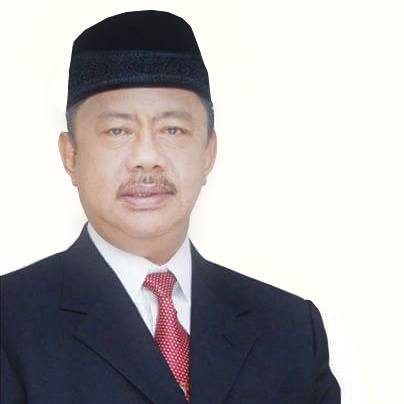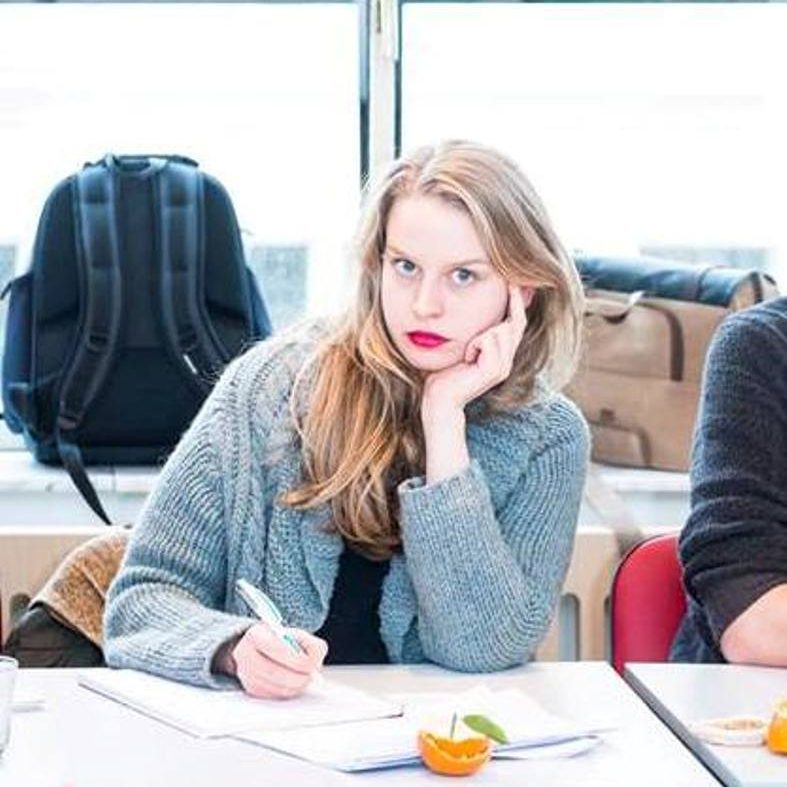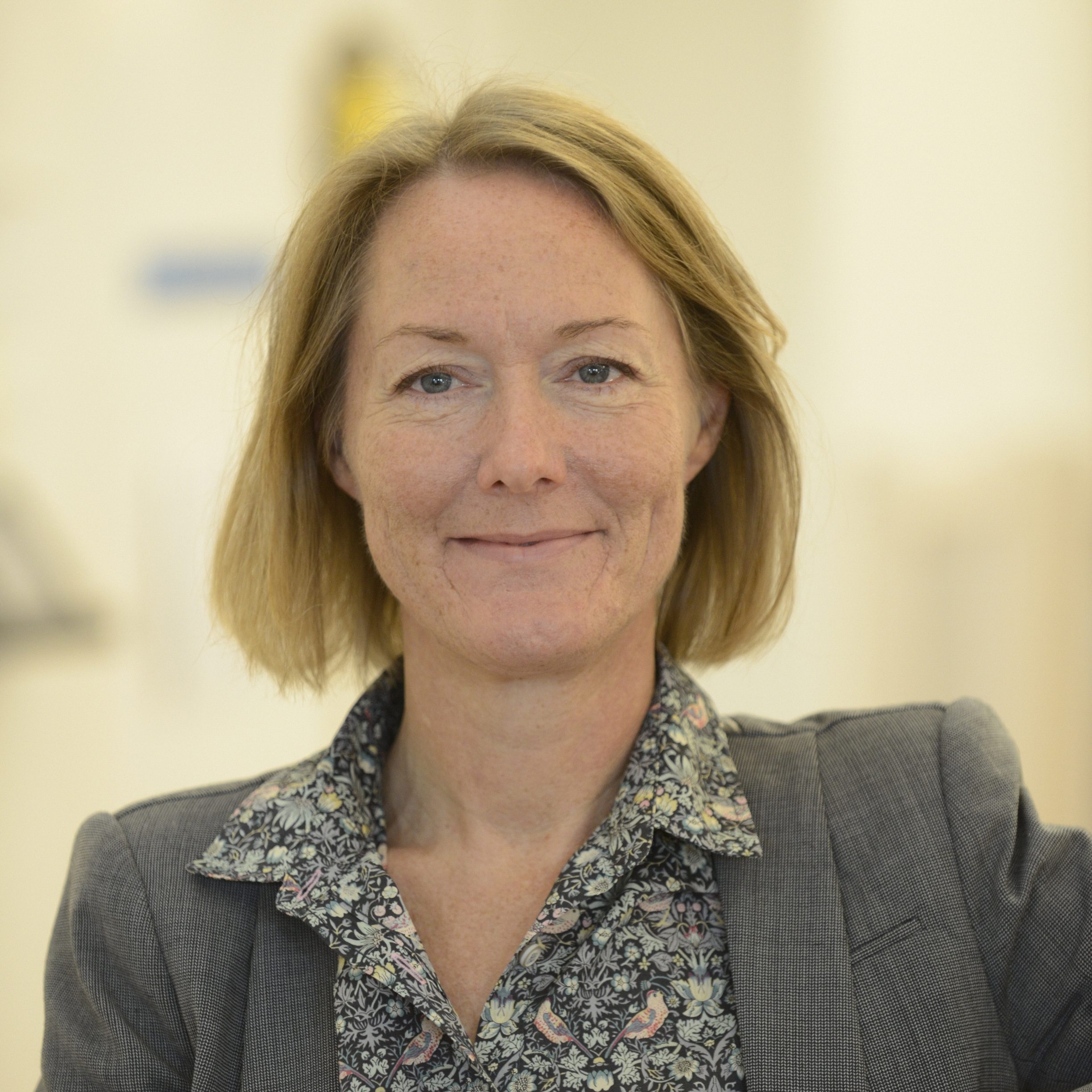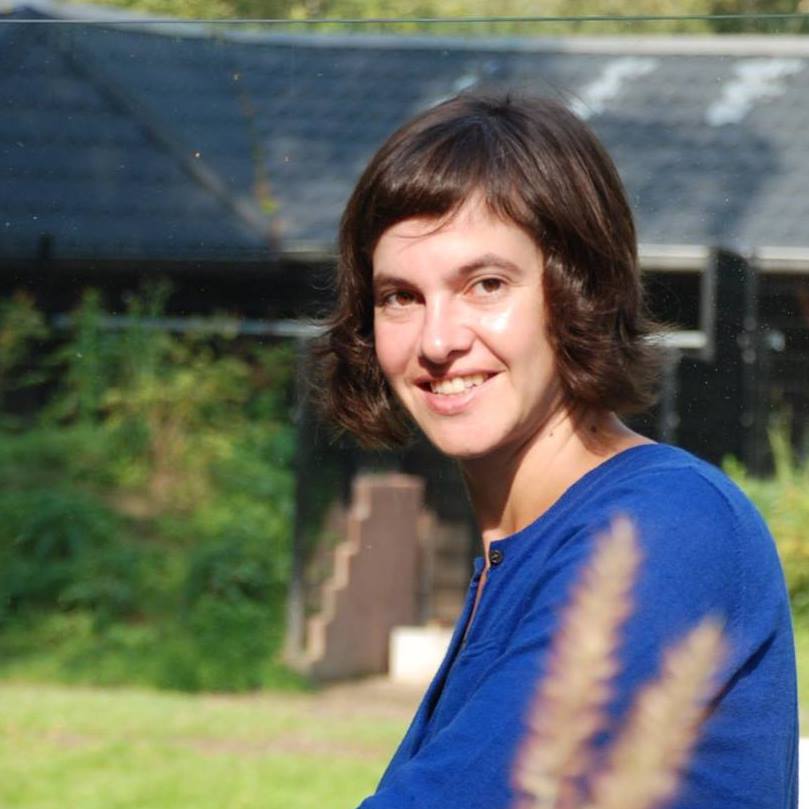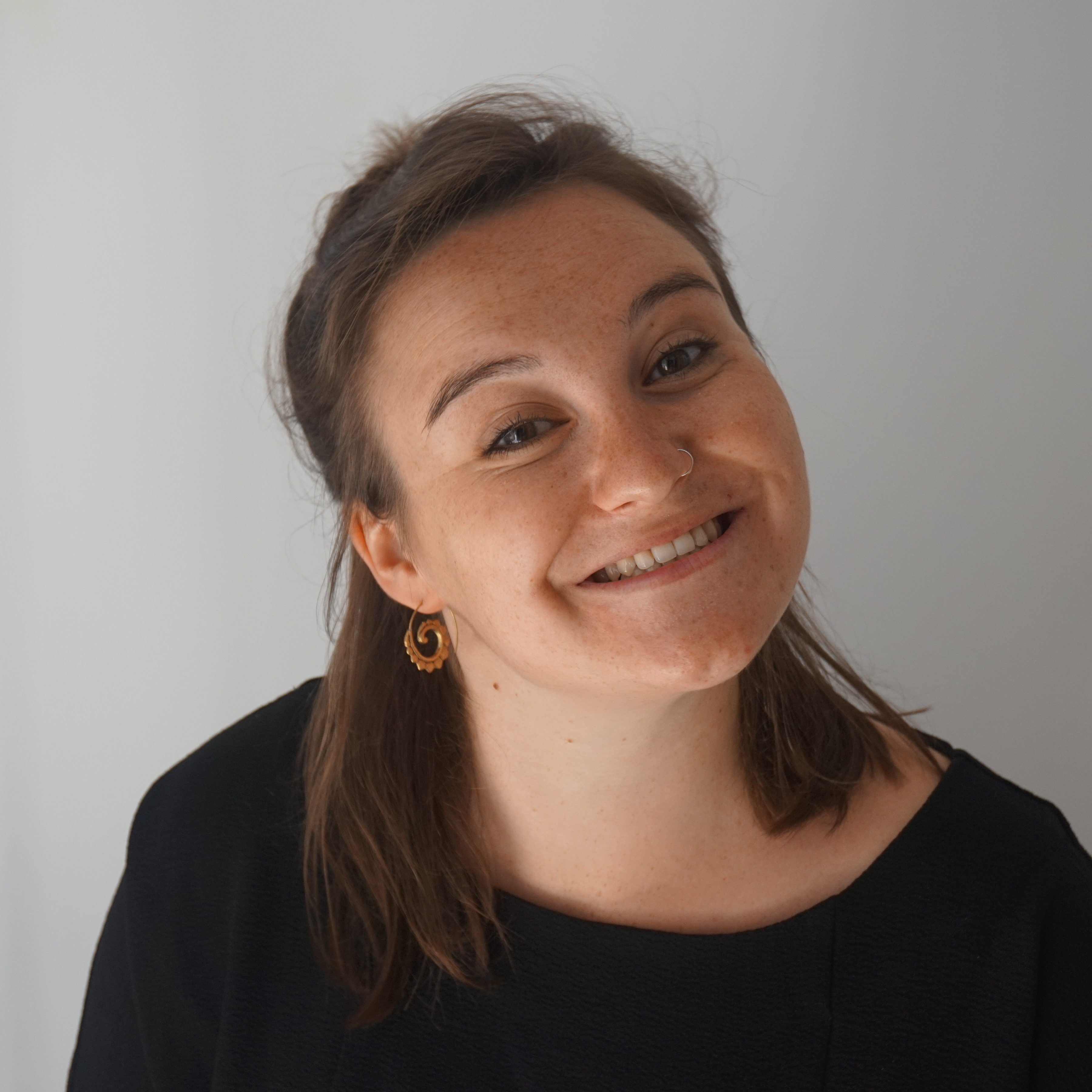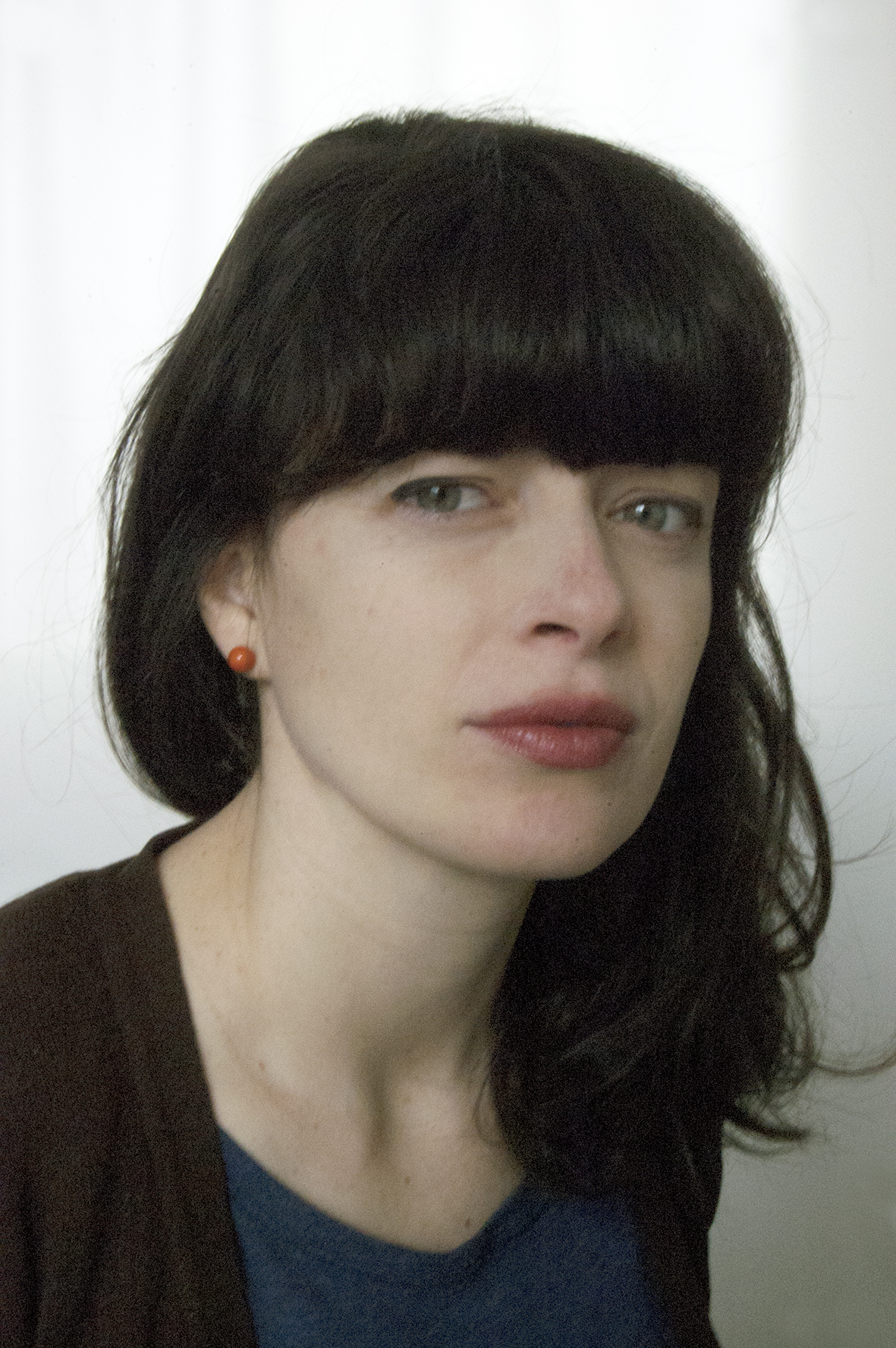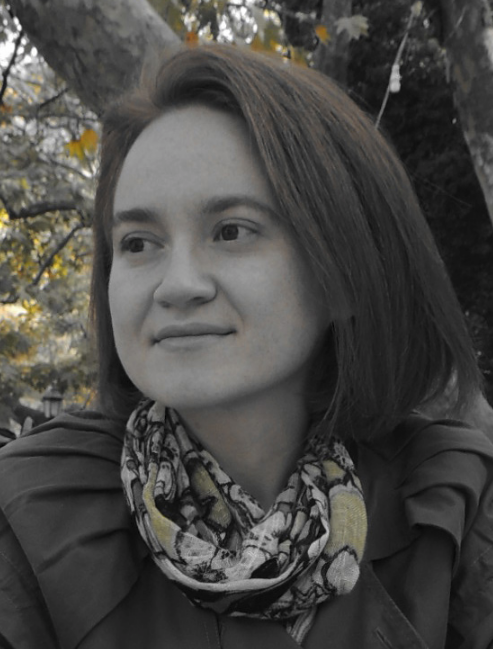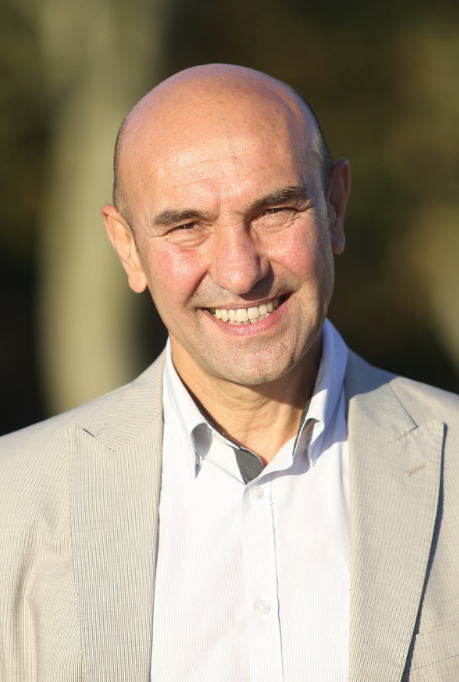
‘There is no more efficient approach to children’s rights like in the local communities and governments.’
Jan van Gils
European Network Child Friendly Cities (ENCFC)
President
Conference High-Level Programme
The conference will begin on Monday 7th November with a plenary session, and will finish on Wednesday 9th November in the afternoon. Several parallel sessions and interactive workshops will be held over the event’s three days. As well as the usual presentations, the conference will also offer interactive workshops.
There will be visits and discussions based on the practical experience of projects in Ghent. Small workshops will be organised around the main conference themes, where the focus will be on interactive discussions.
Please click on the button below to download the full Child in the City Conference Programme:
Conference themes
1. Child Friendly Policies
More and more cities are developing sustainable, crosscutting policies for children; but to be effective they require a serious, long-term commitment. What are the specific plans and strategies that lead to genuinely child-friendly cities? What capacity needs to be built? Which partners engaged, budgets and time allocated; what tools developed? And what research can be undertaken to establish how these policies can be best monitored, evaluated and developed?
2. The position of children in the city
How do children and young people on the one hand, and local authorities on the other, perceive each other? Can this interaction support and further develop the identity of children and young people? How can it strengthen their sense of belonging to their quarter, district, city, country and the EU; in other words, their citizenship?
3. Children and the built environment
A physical environment that supports and engages children and young people is about much more than play areas. How can the built urban environment be most effectively child-friendly, youth-oriented and intergenerational? Cityscapes have a profound influence on people’s individual and collective health and well-being. What are the principles and processes that make this influence positive for children and young people?
Through these themes, we also want to pay special attention to the future: what are the next steps in the evolution of the child-friendly city?
4. Refugee and immigrant children and young people in cities and municipalities
Europe is currently faced with a large number of refugee and migrant arrivals, largely from the Middle East. Families, forced from their homes by war and economic deprivation, travel in perilous conditions, over long distances, until they reach their destination somewhere in Europe. The refugees include many children, and there are also increasing numbers of children and young people orphaned or separated from their families.
At this time, and over the coming period, which many observers are calling a crisis, there is considerable pressure on Europe’s towns and cities to find an adequate response in their reception of these vulnerable children and young people and how to facilitate the key, long-term challenge of their ‘integration’ into the community.
Who should attend:
- Children’s rights advocates
- National, regional and local authority officers
- Youth and play workers
- Planners
- Urban designers
- Children’s geographers
- Playground designers and producers
- Highways and traffic managers
- Sustainability champions
- Public health campaigners
- Researchers
- University lecturers and students
- UN officials
- NGO representatives
- Policy makers
Child in the City 2016 will include an exchange of experience and debate on how Europe’s towns and cities are responding to this most vital and urgent of challenges.
The speakers
Meet the speakers of the 2016 Child in the City Conference:
